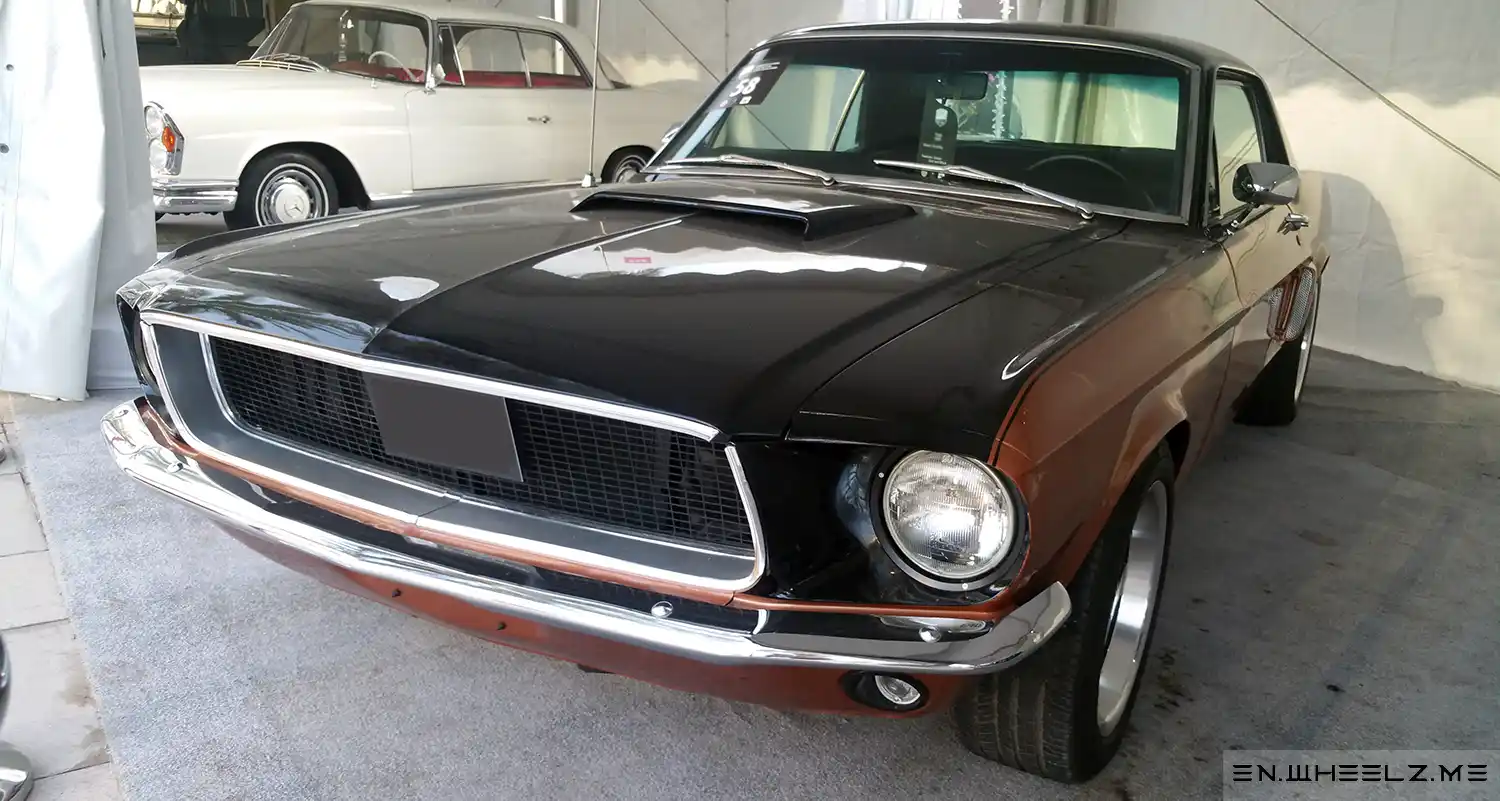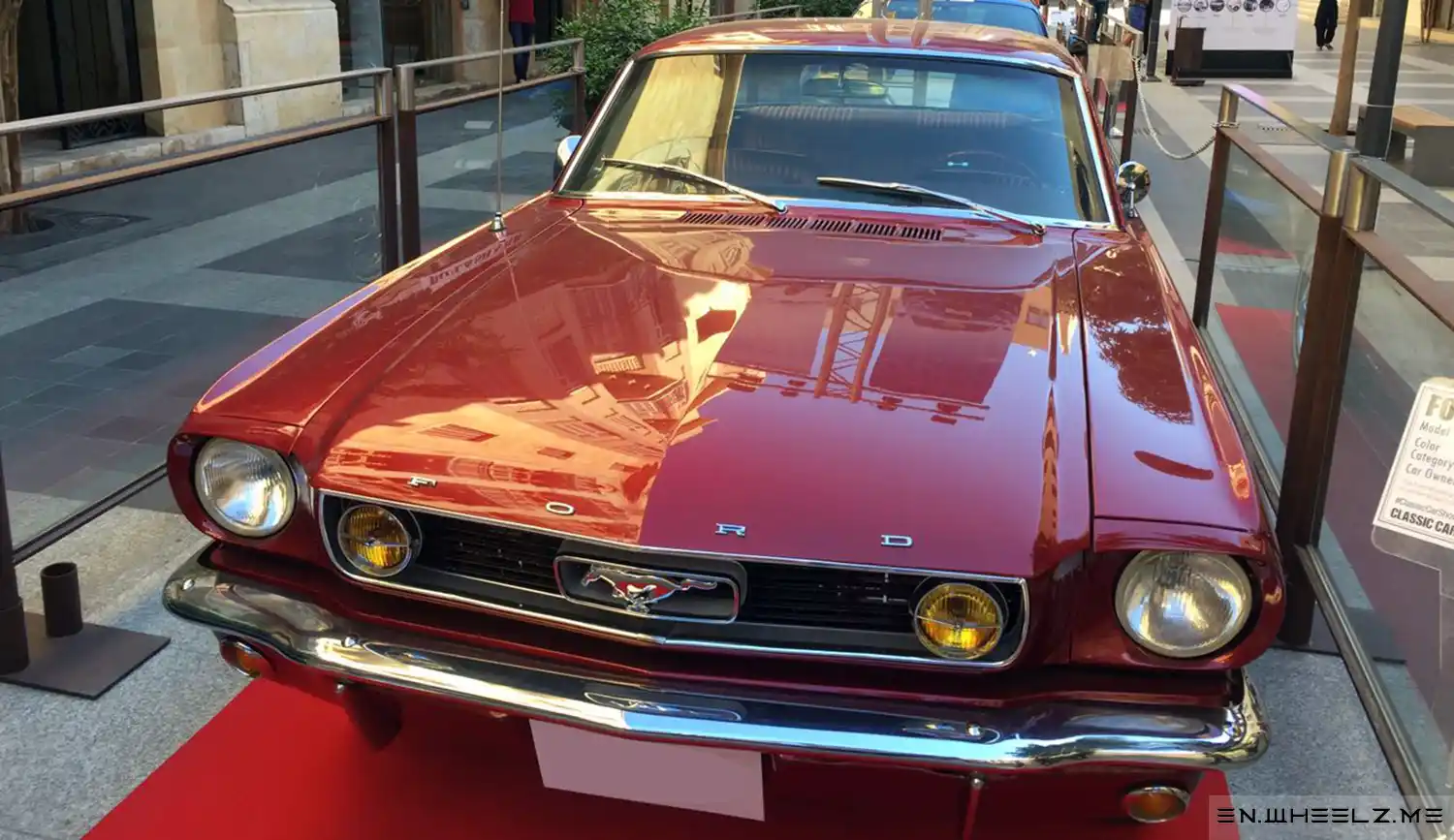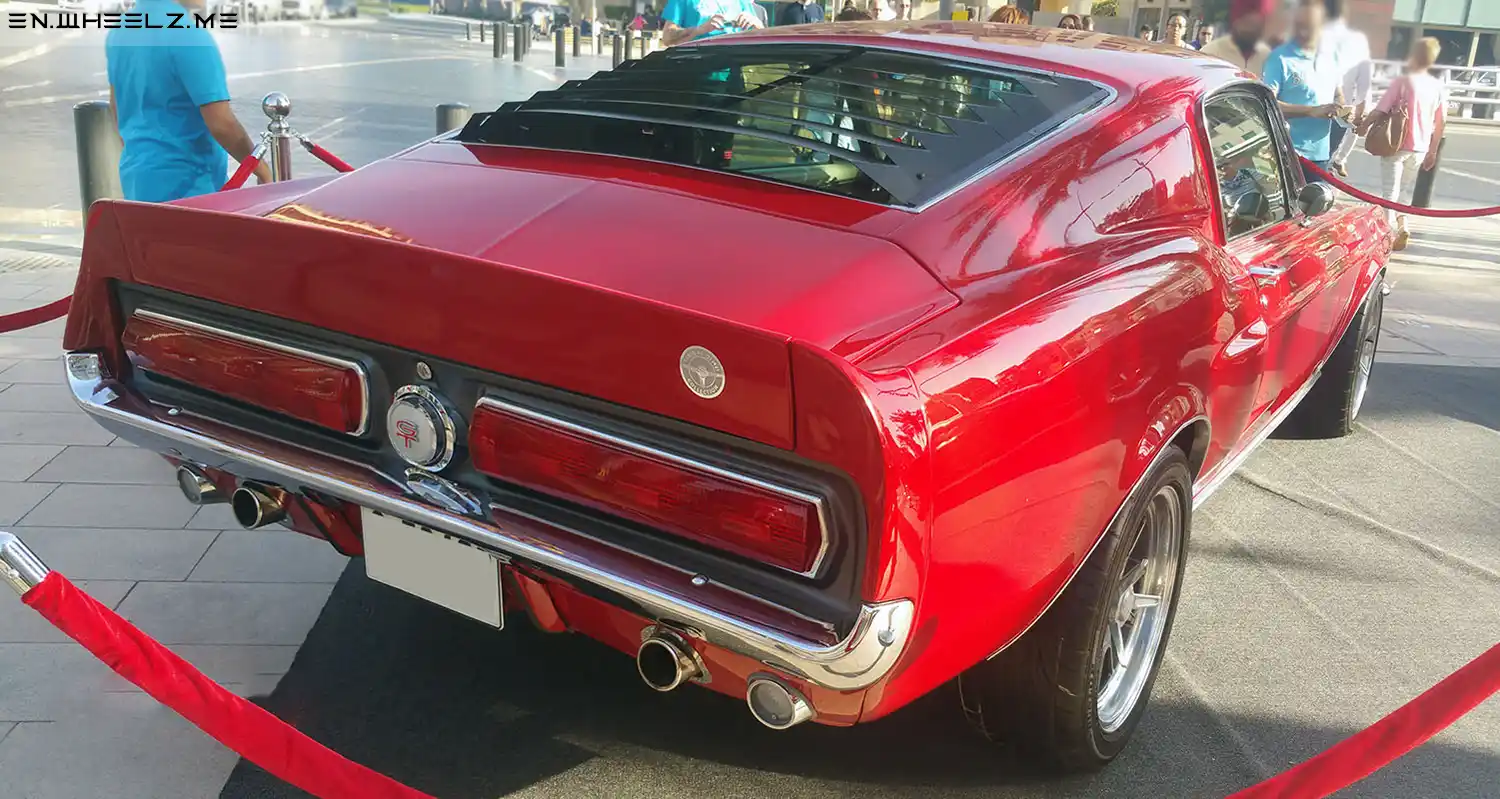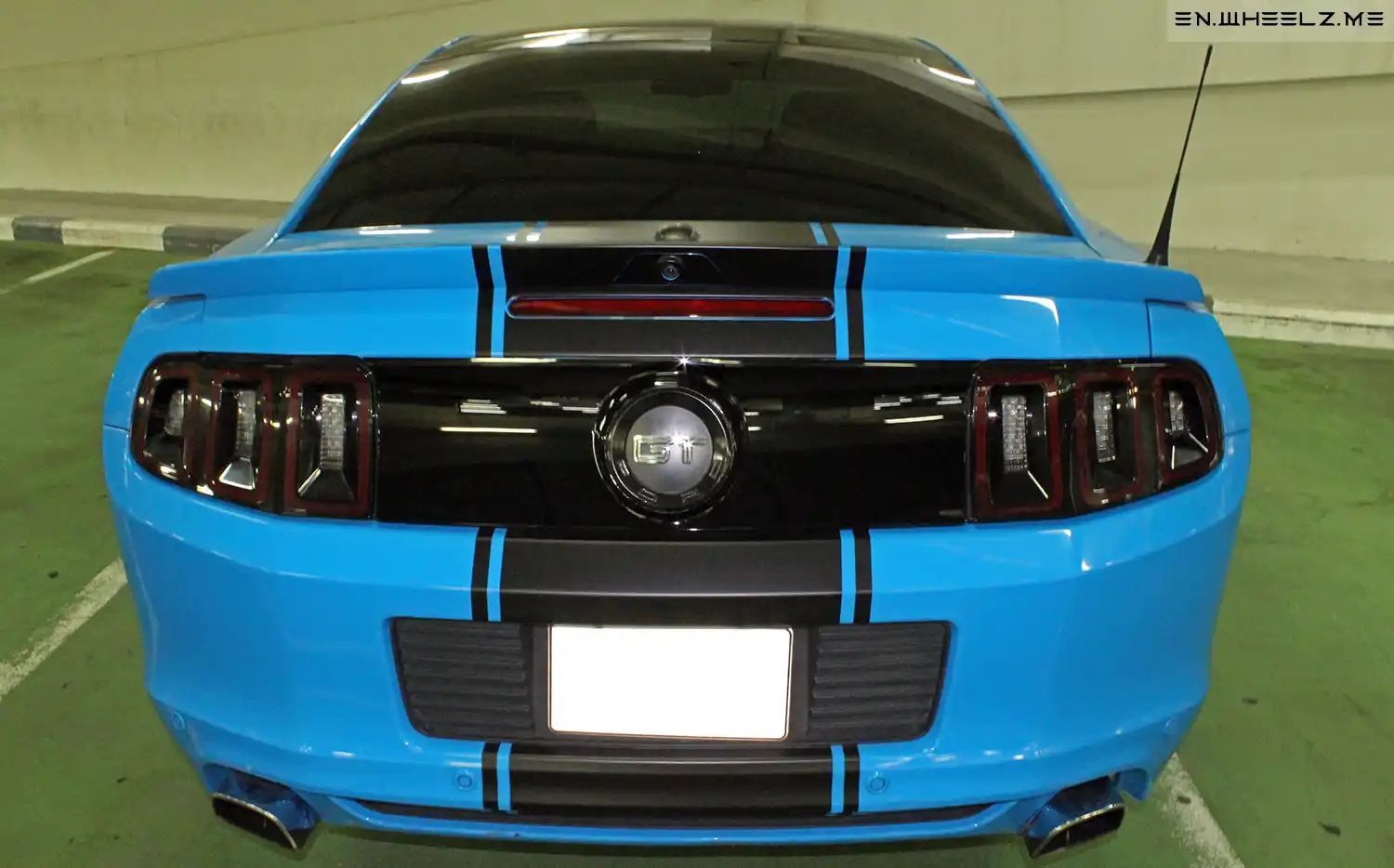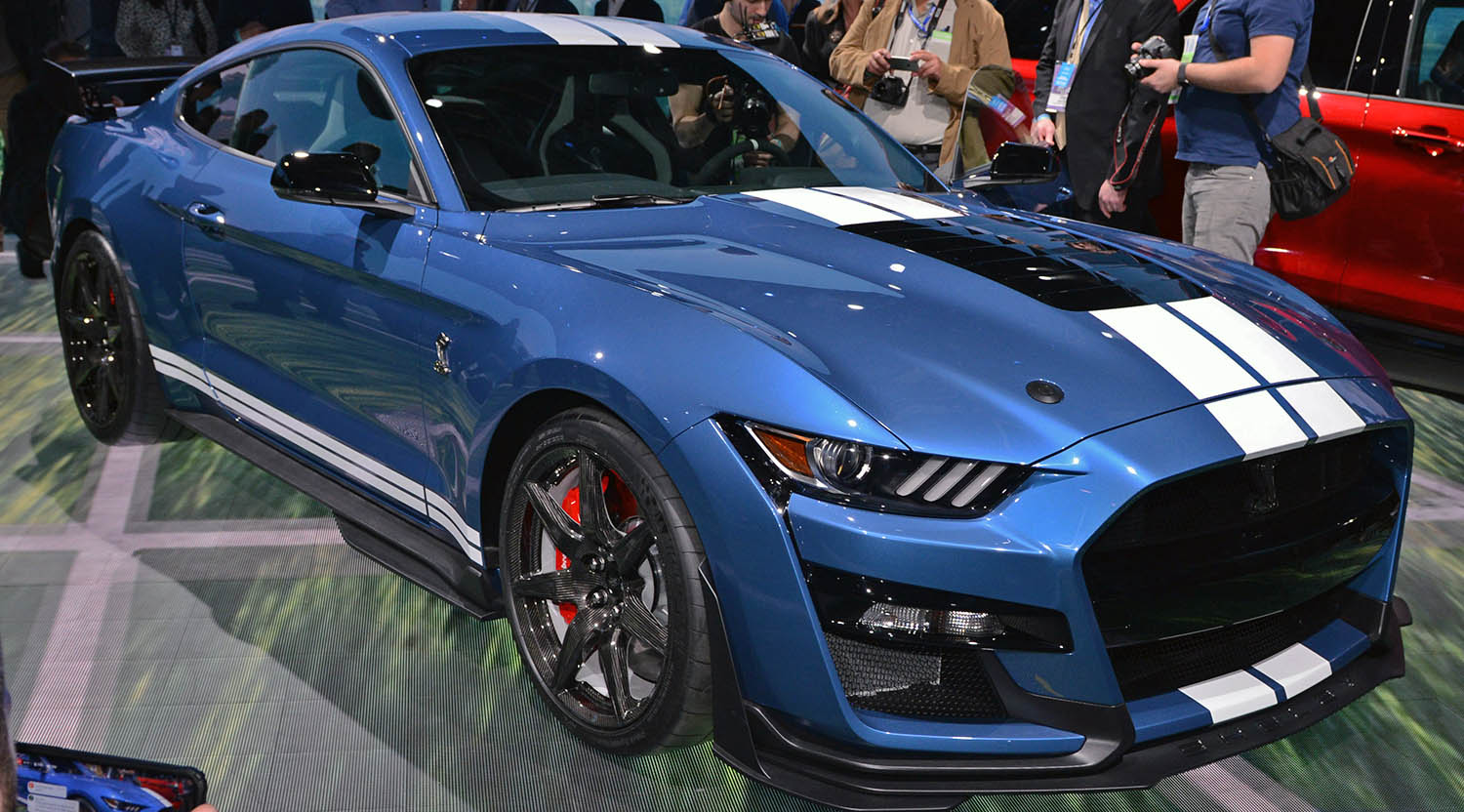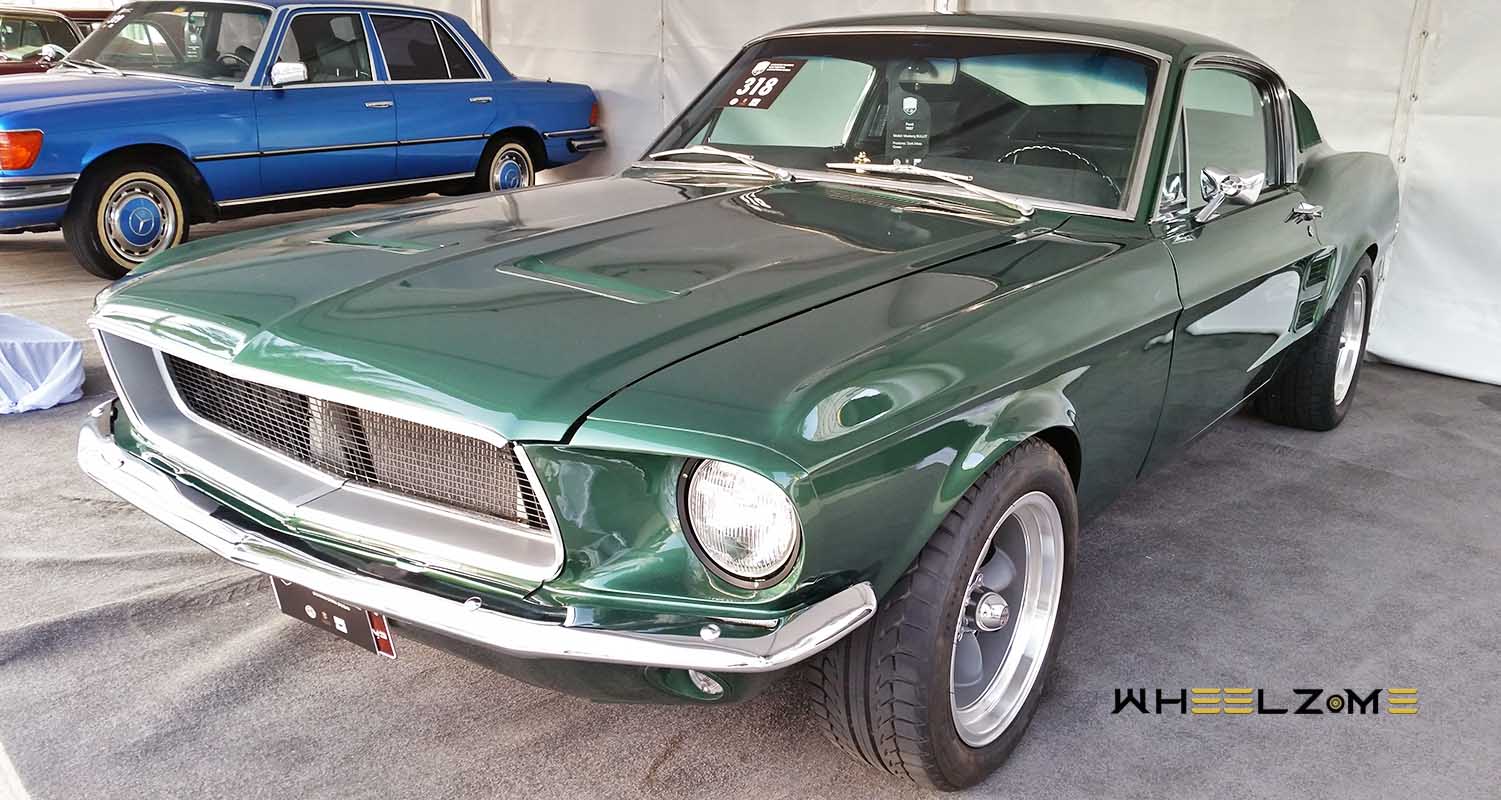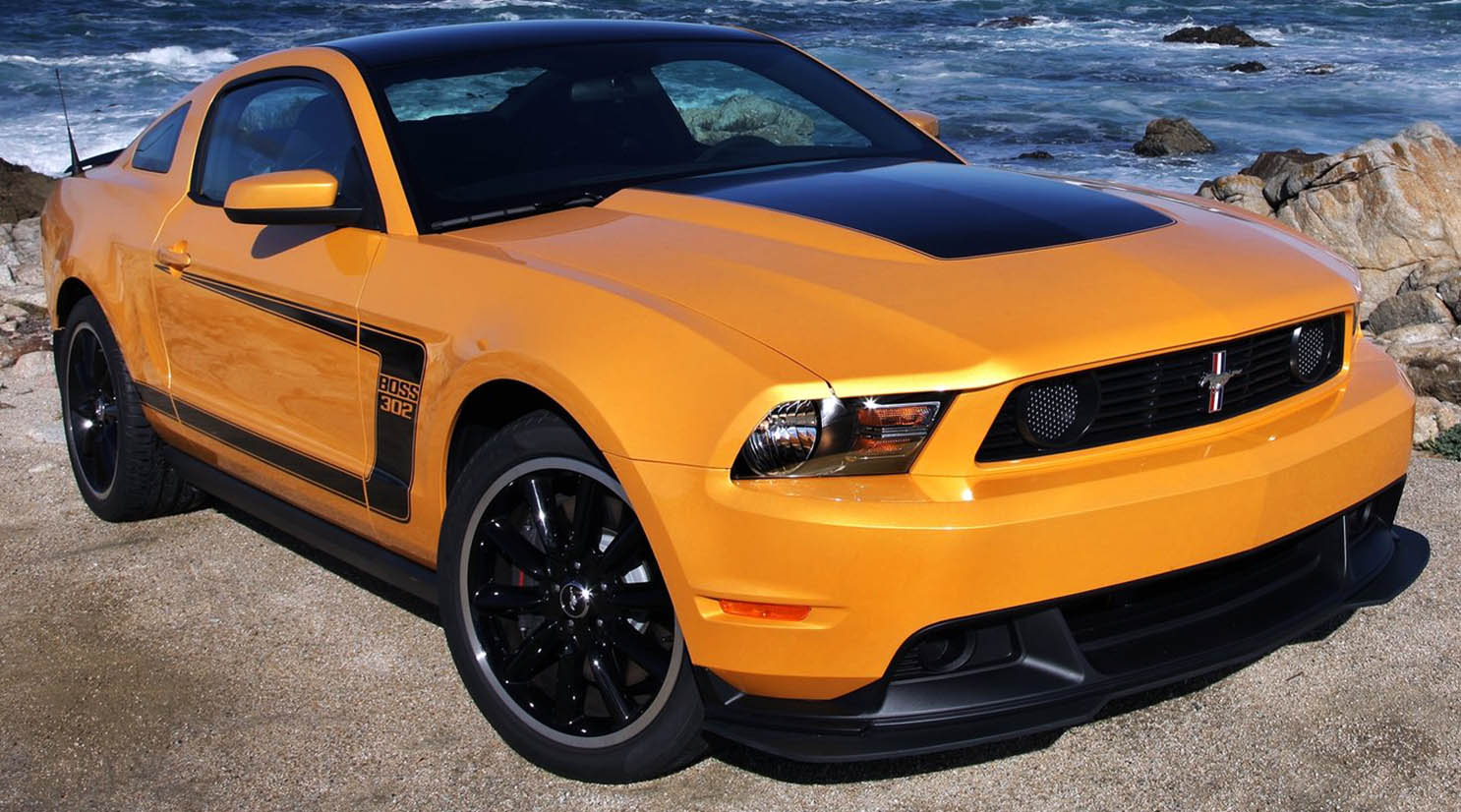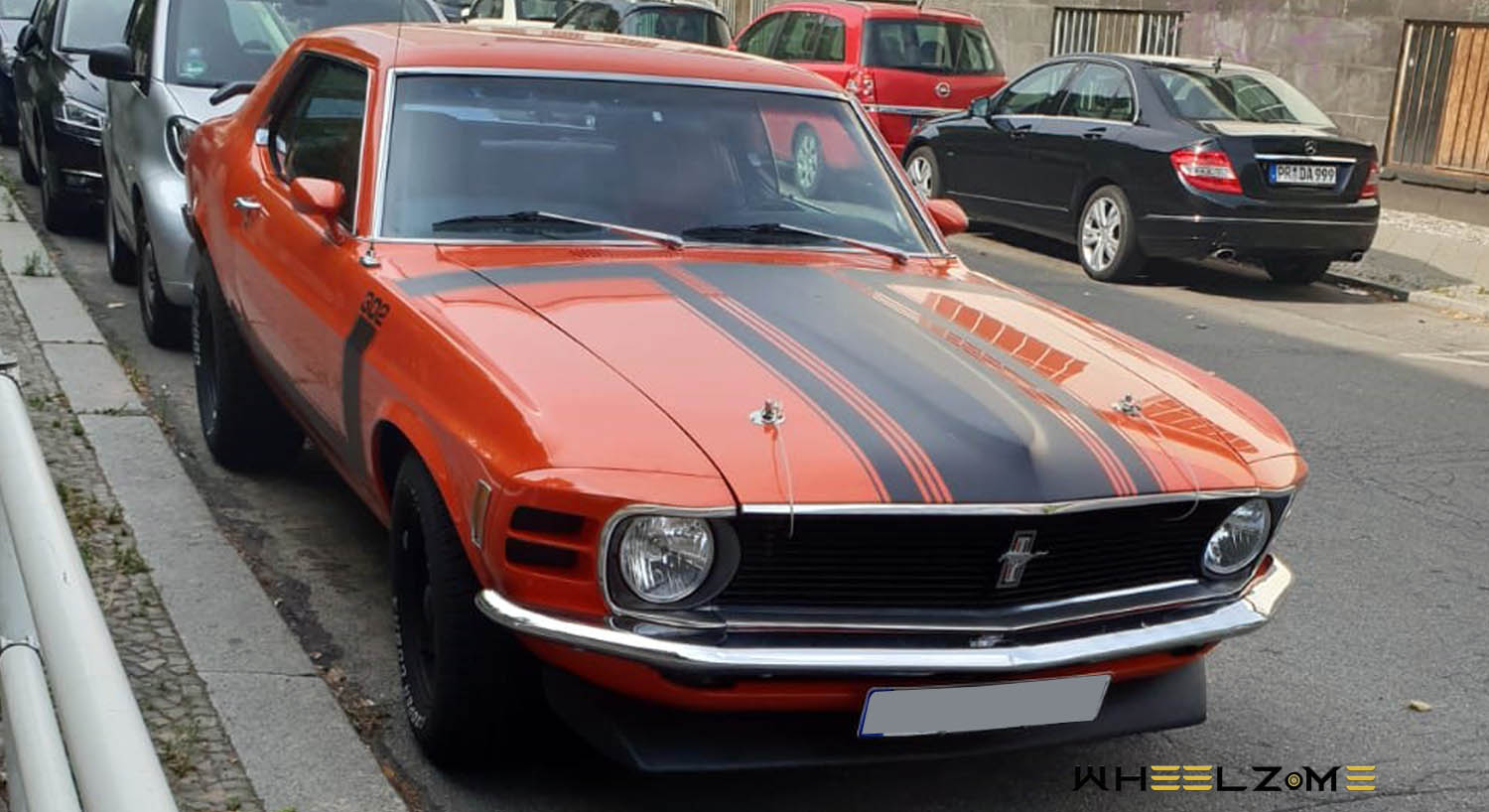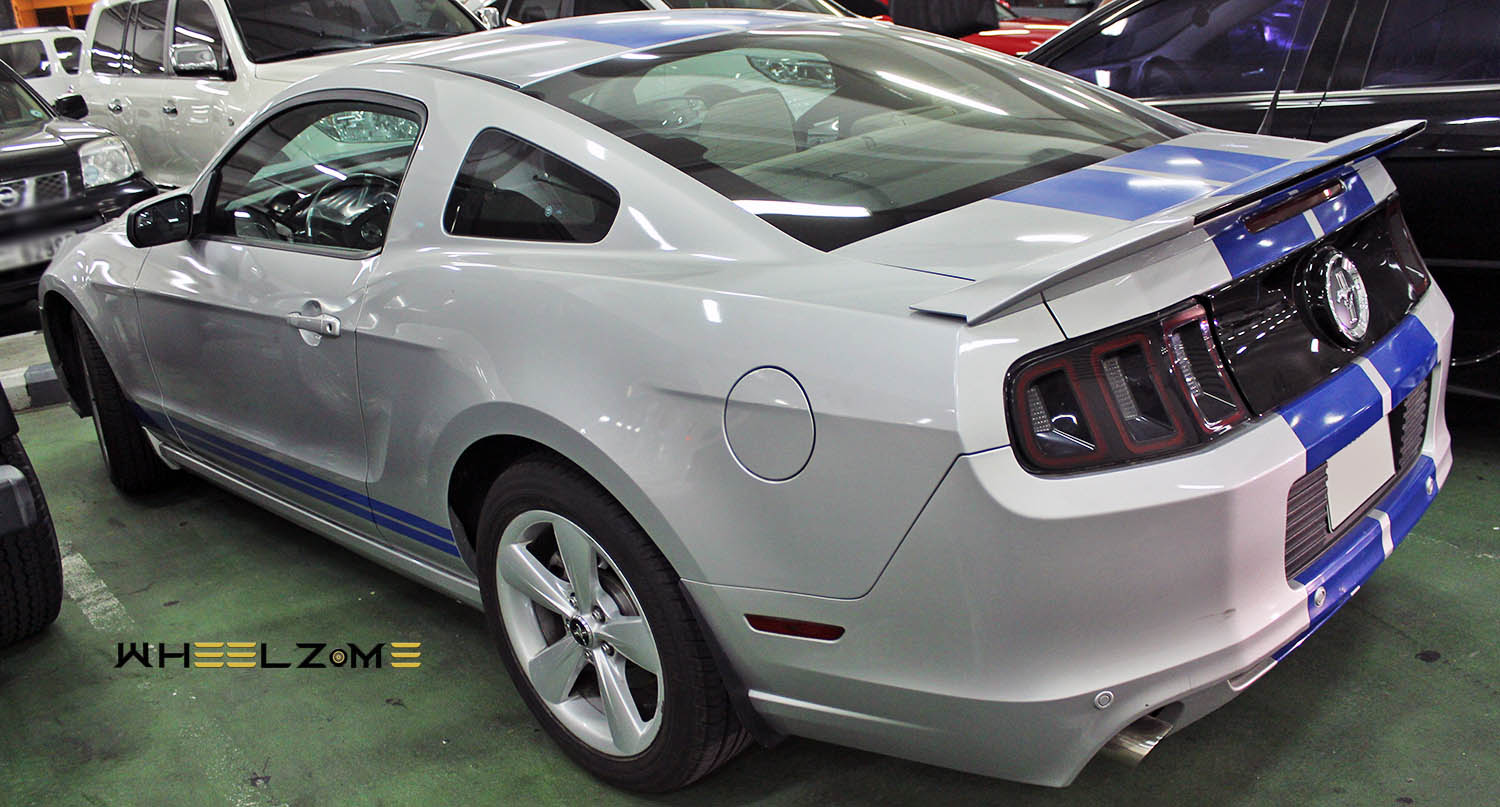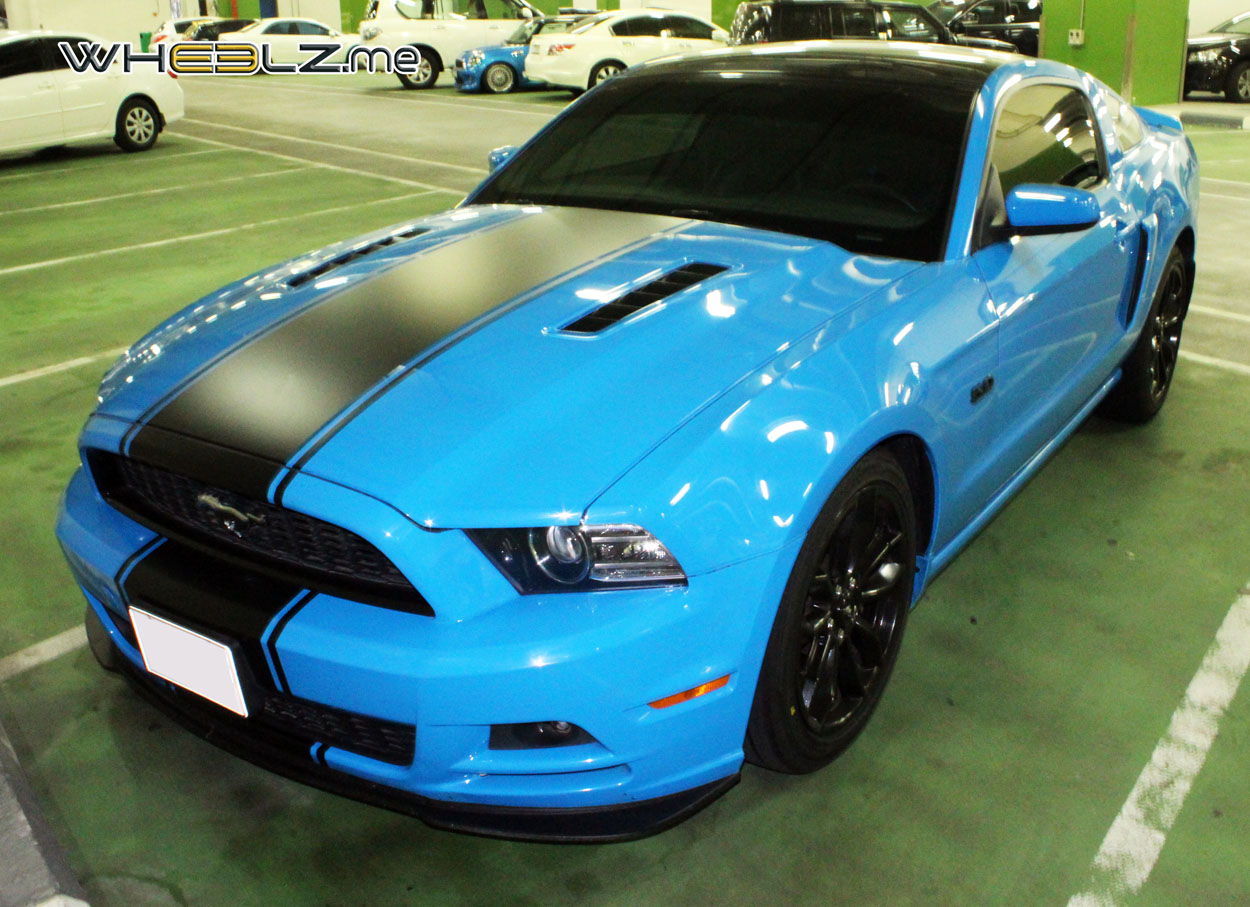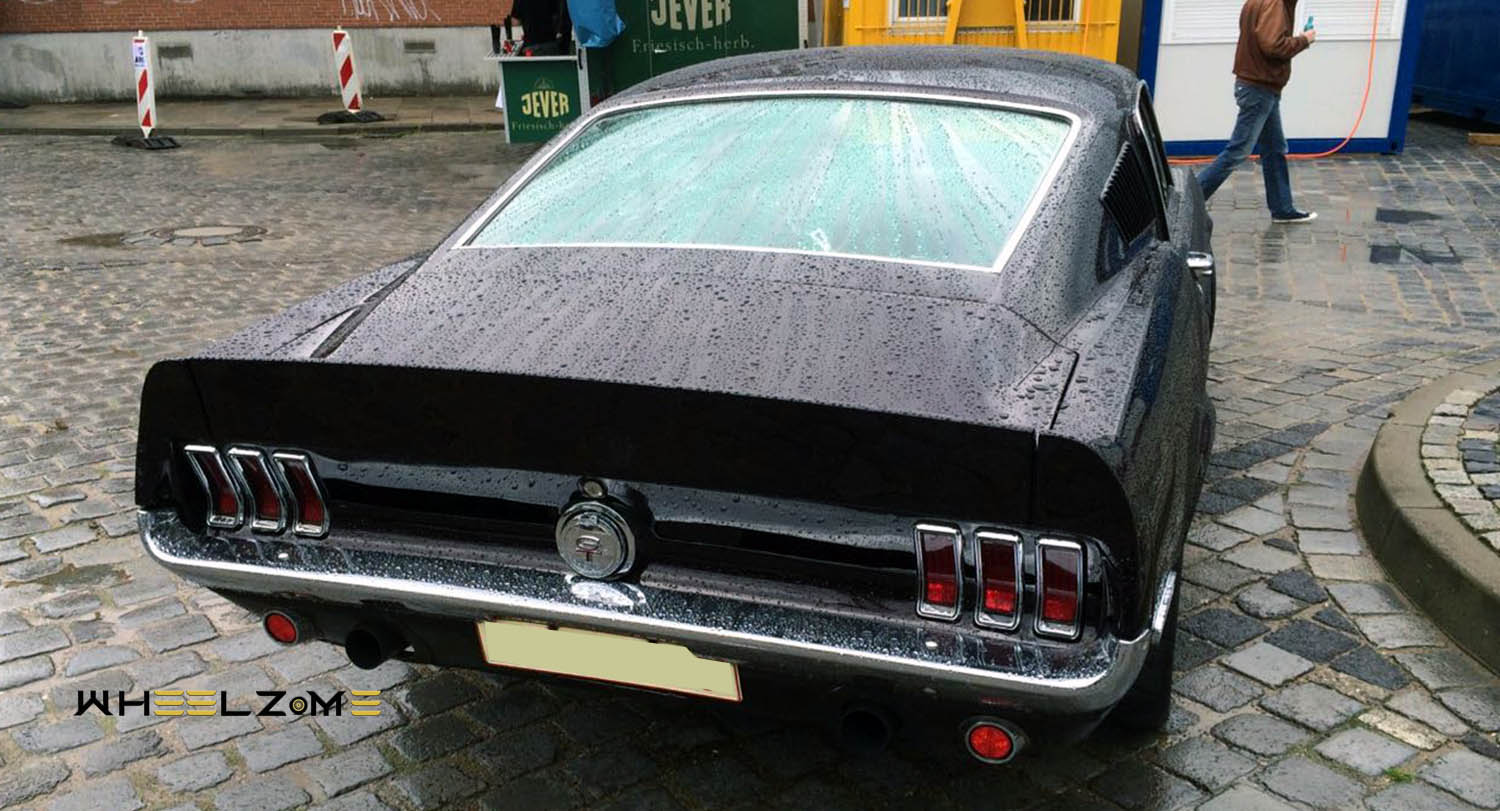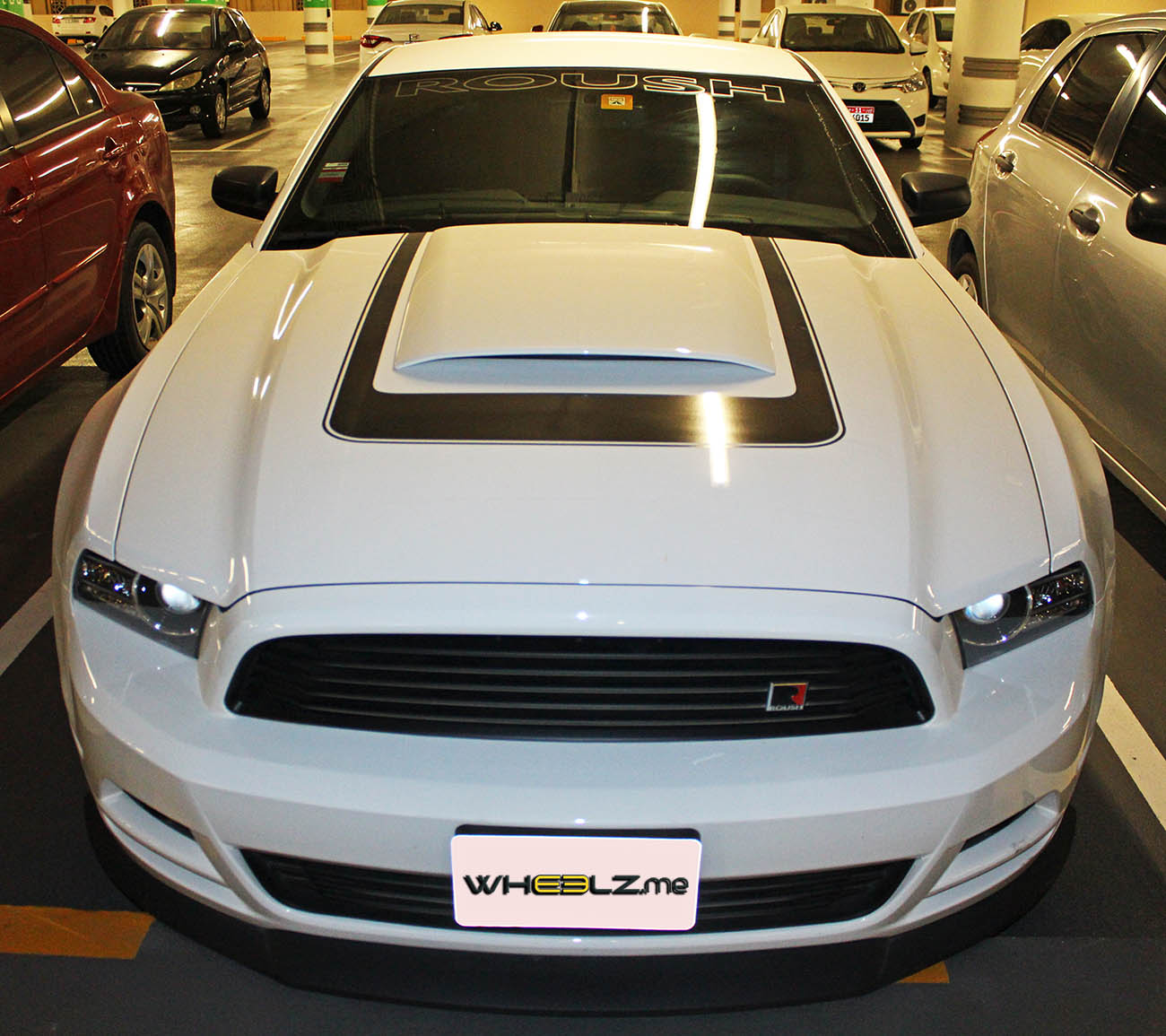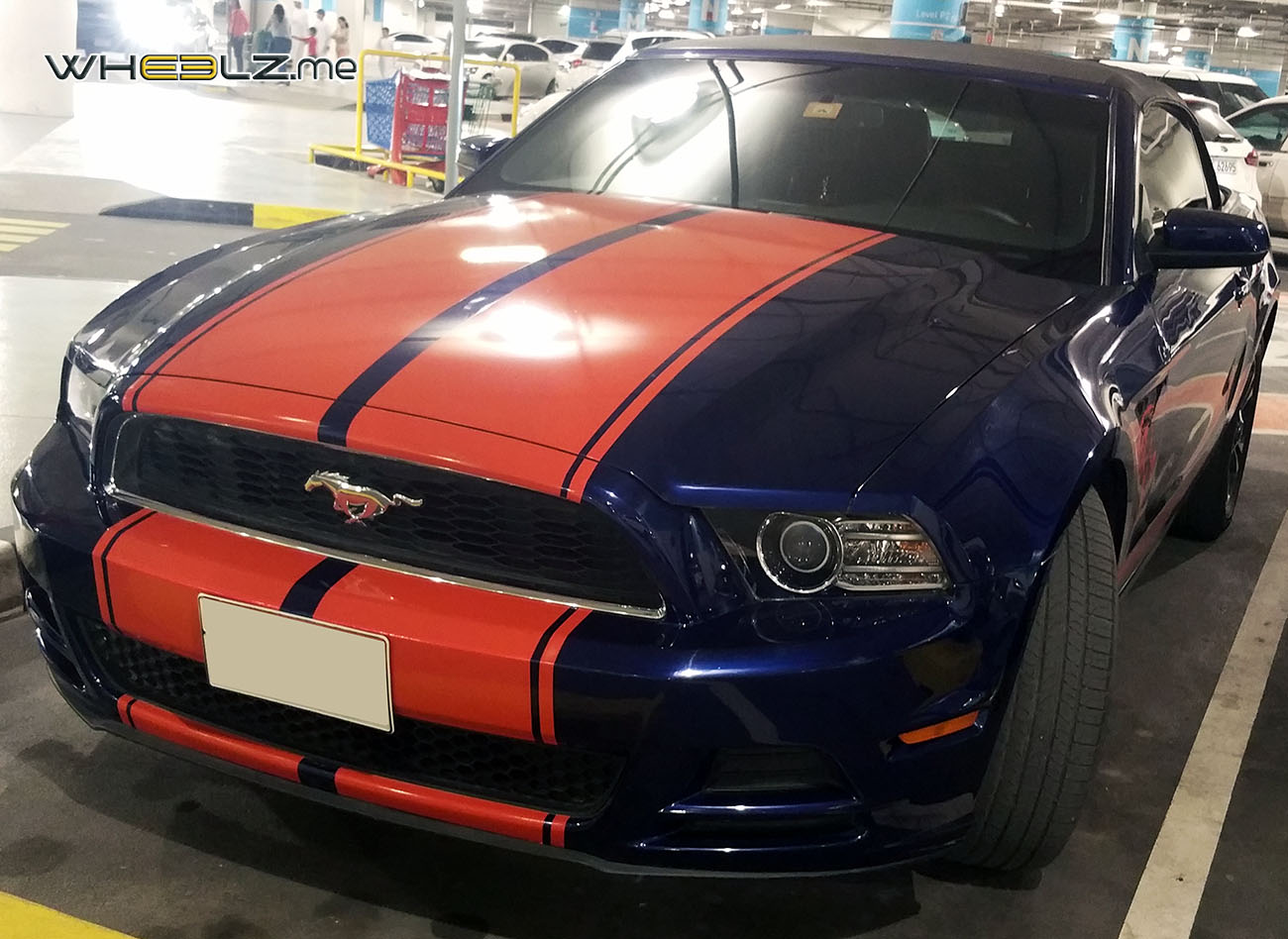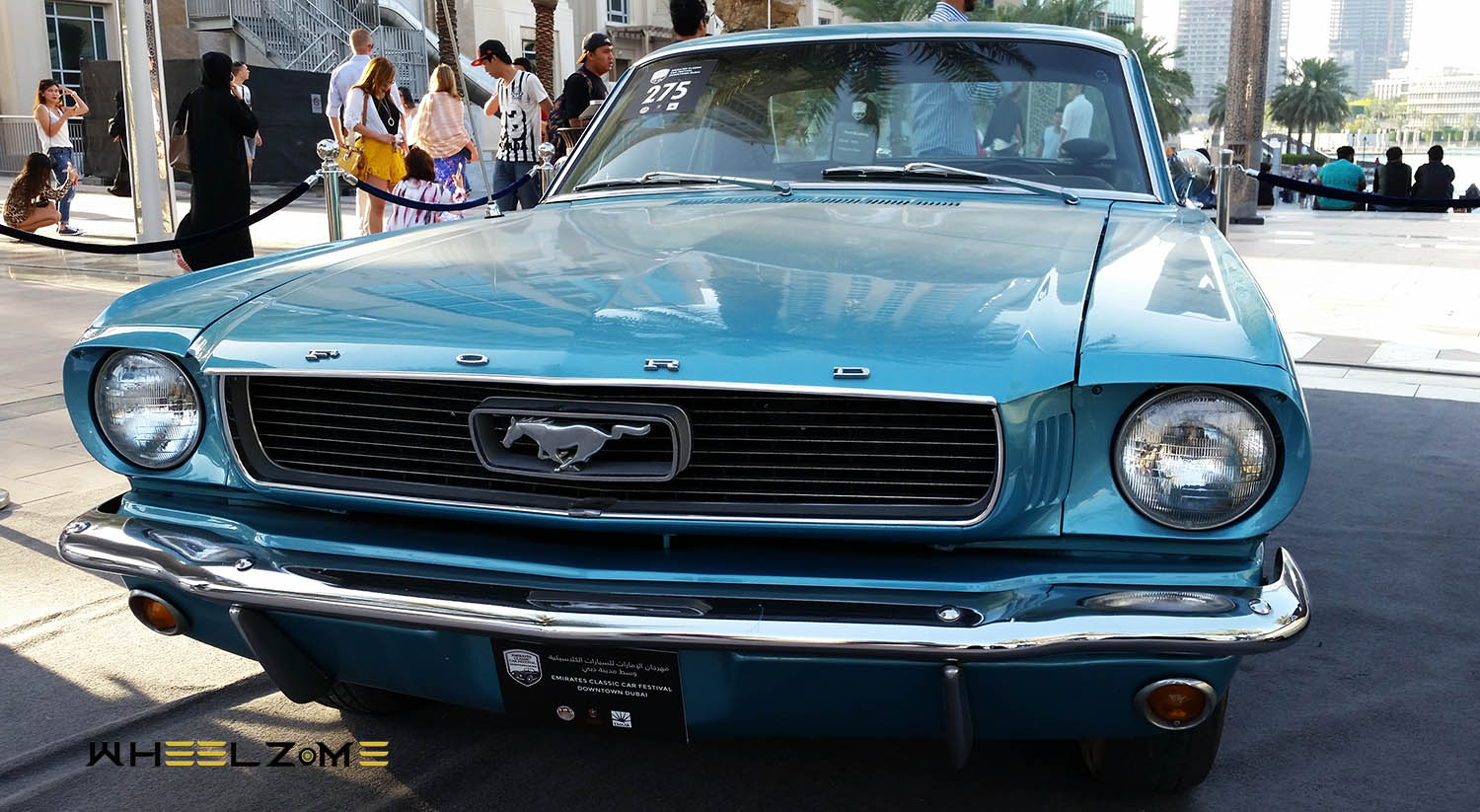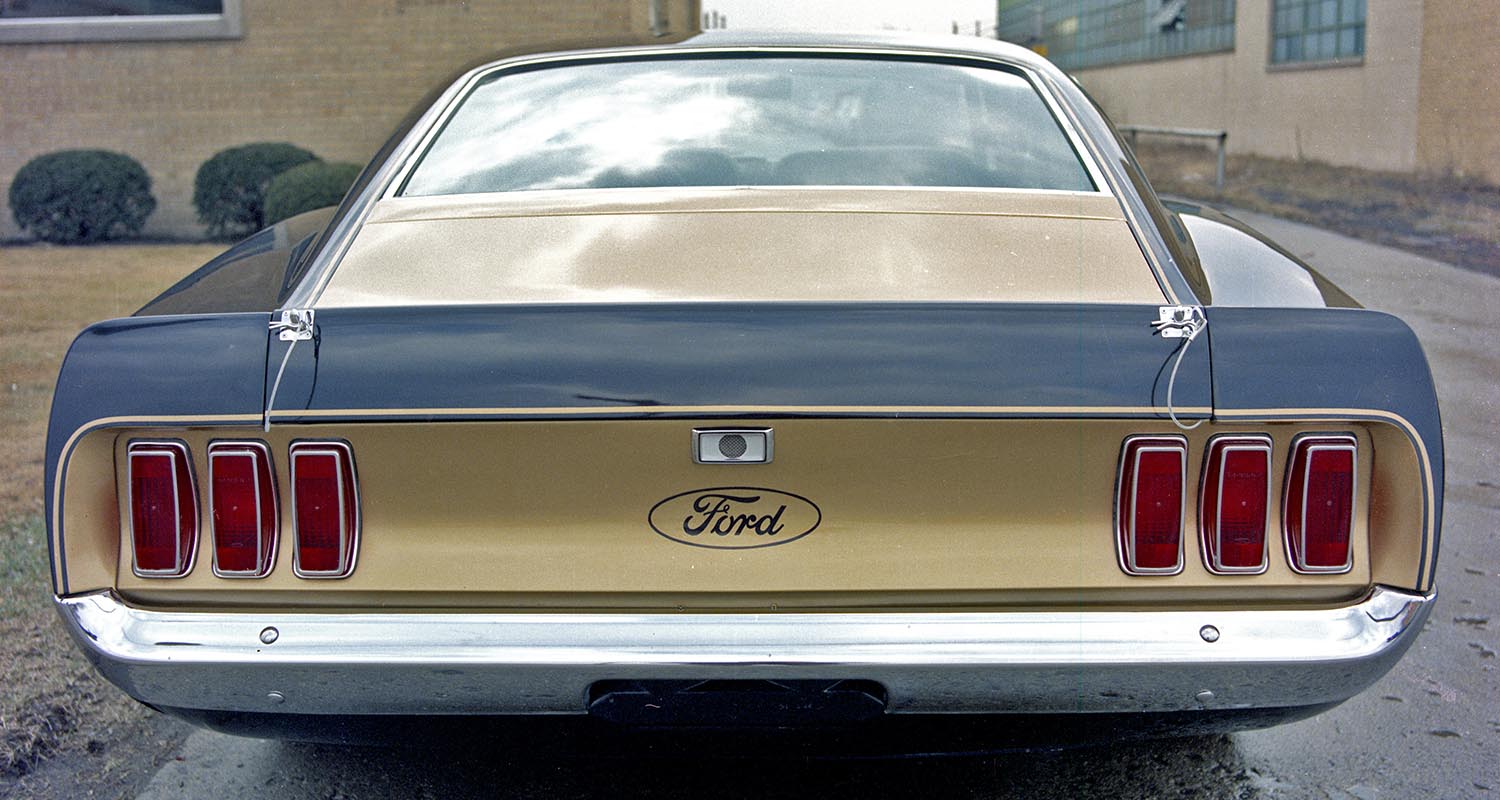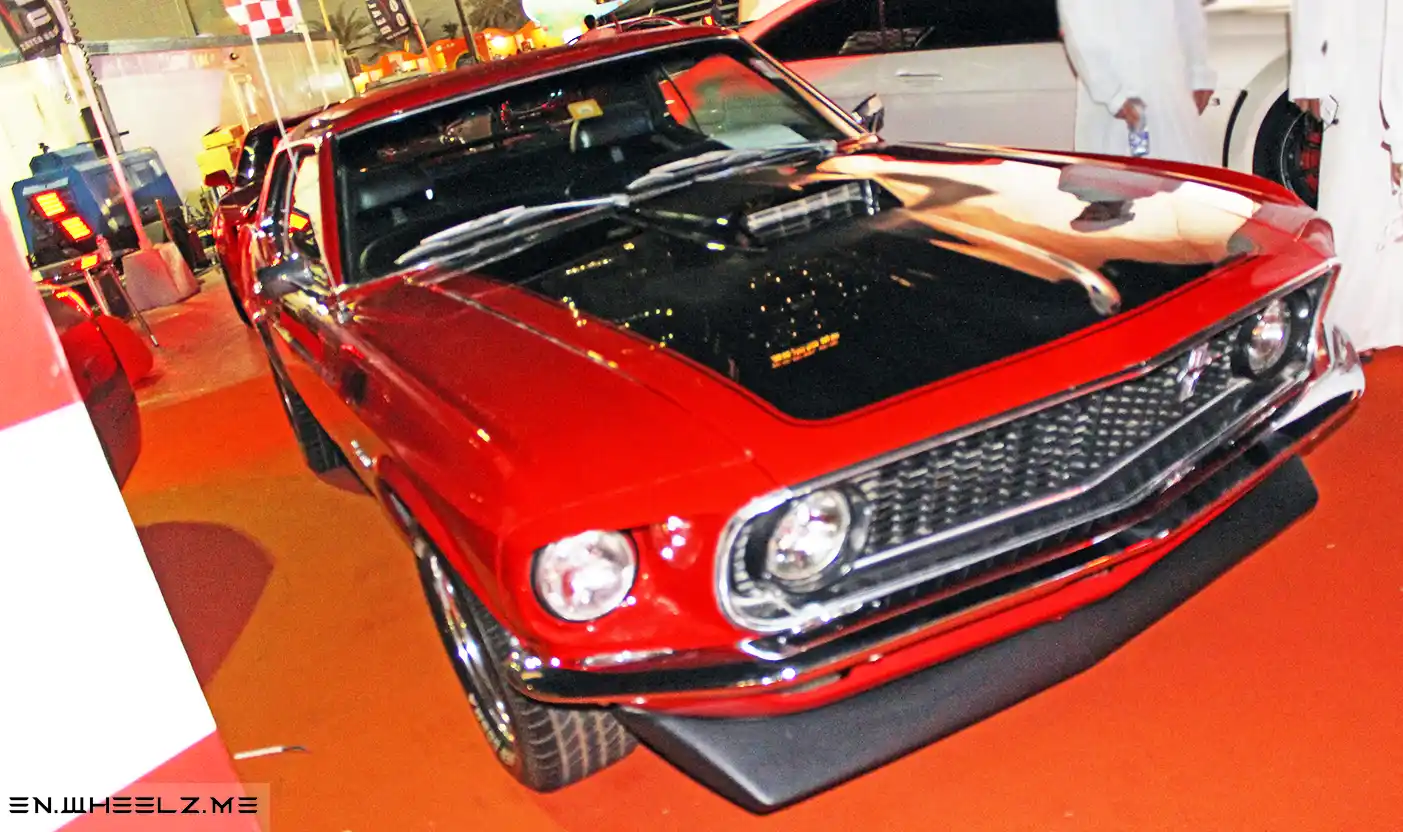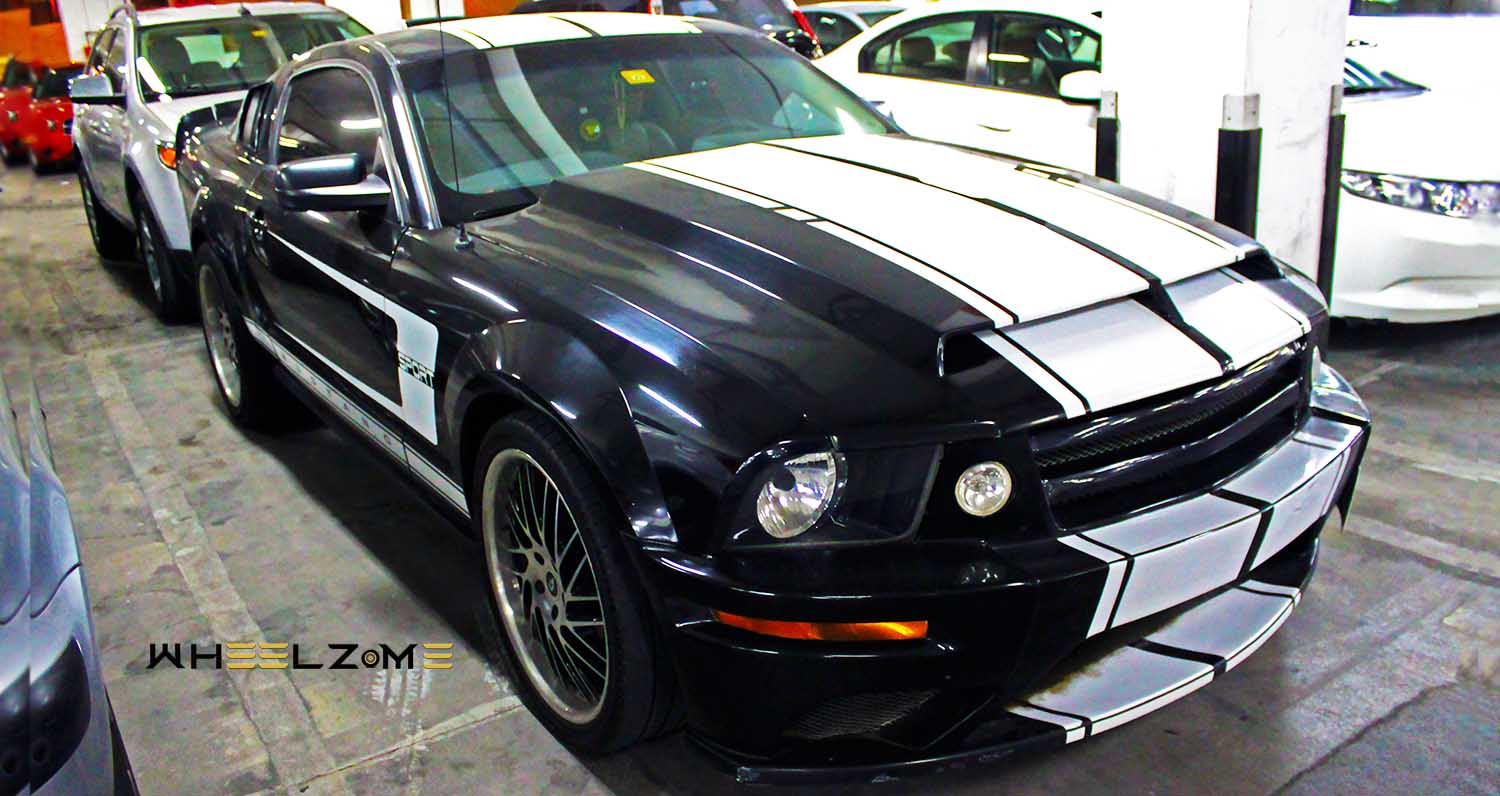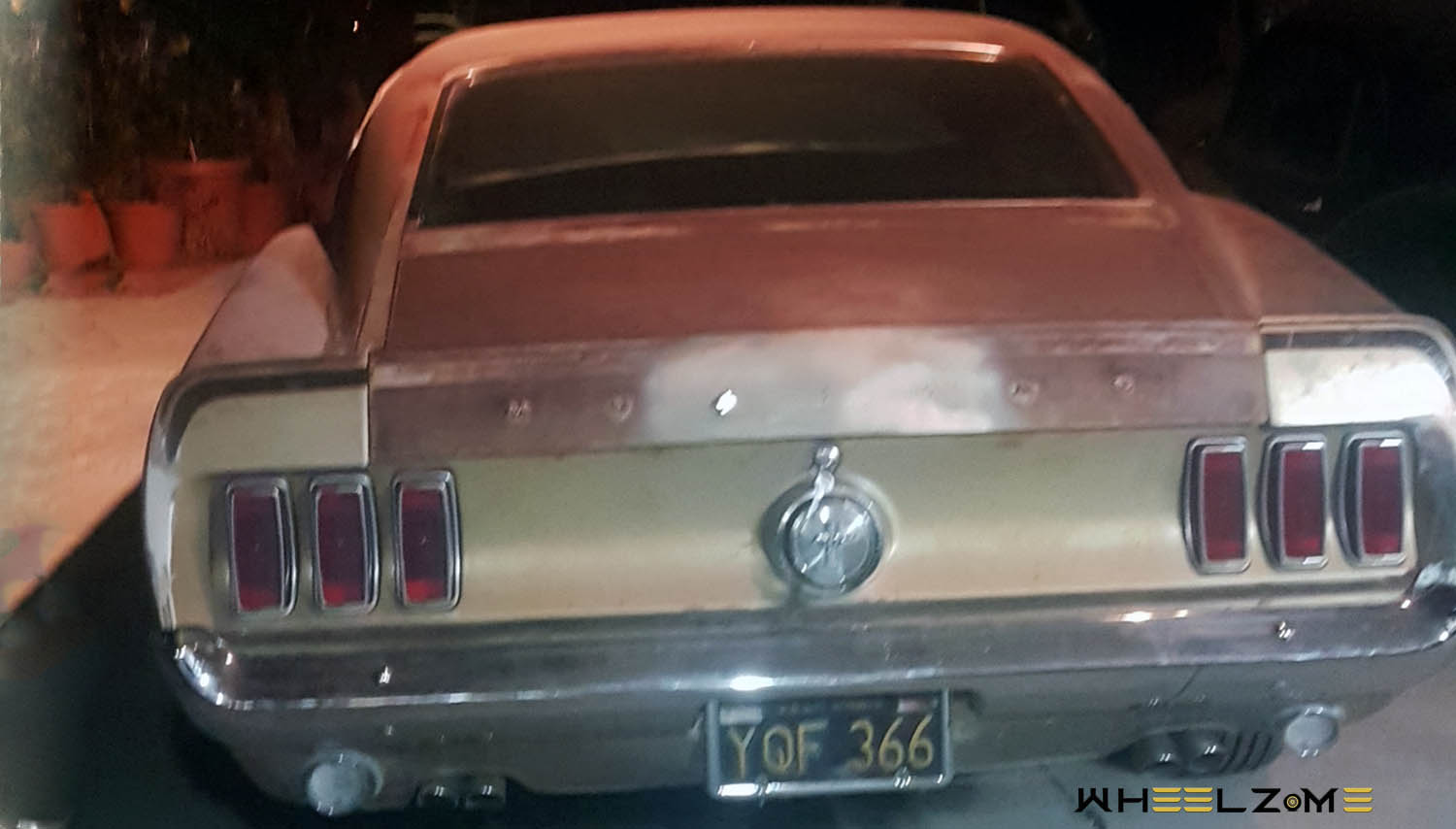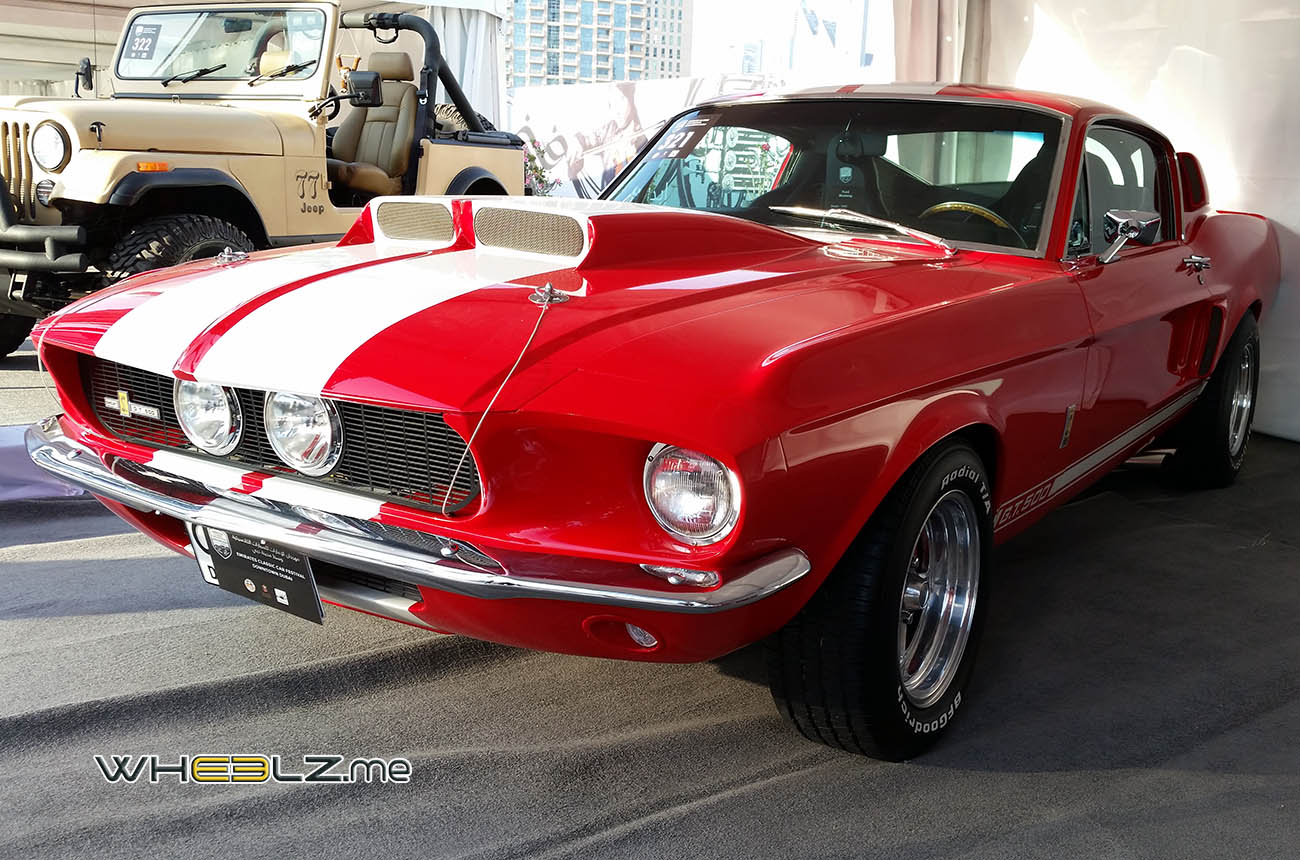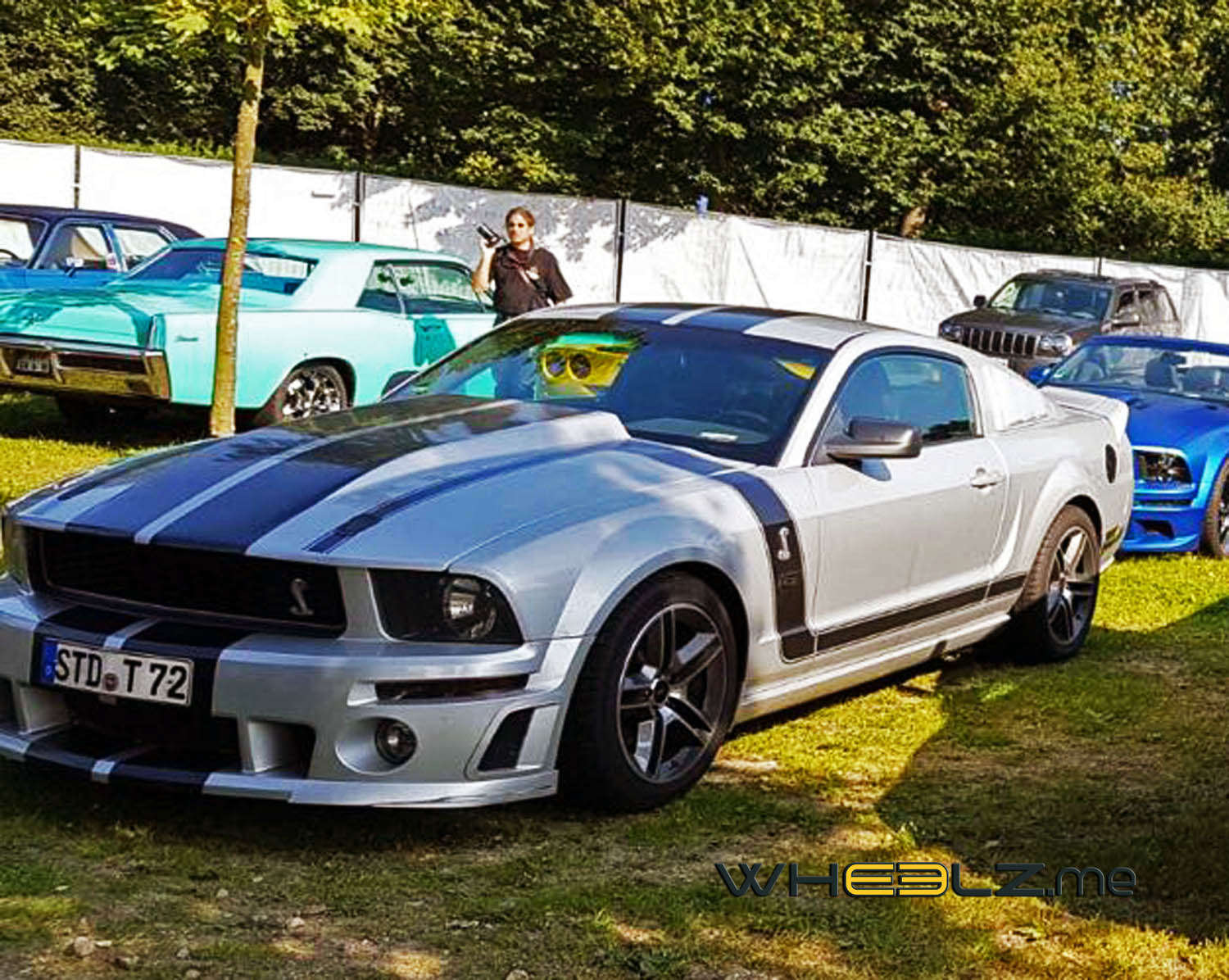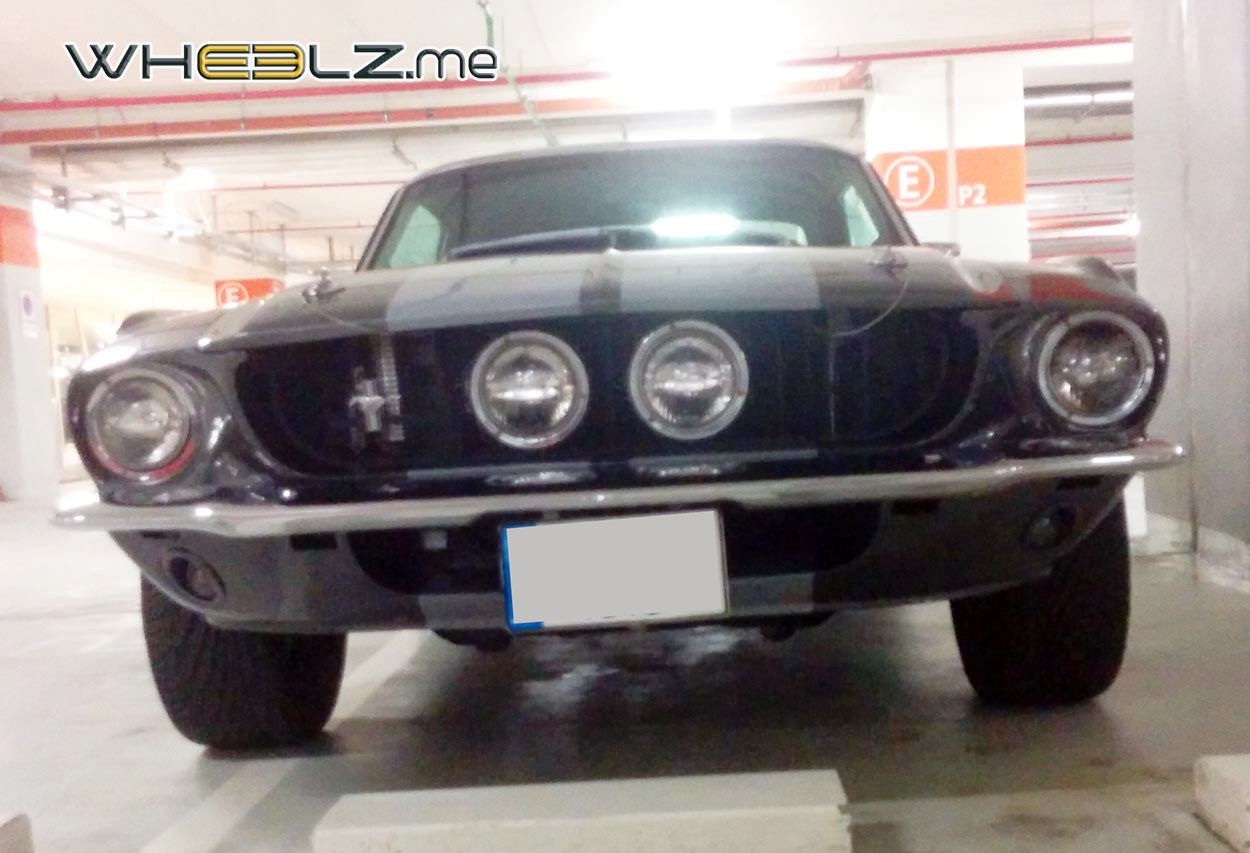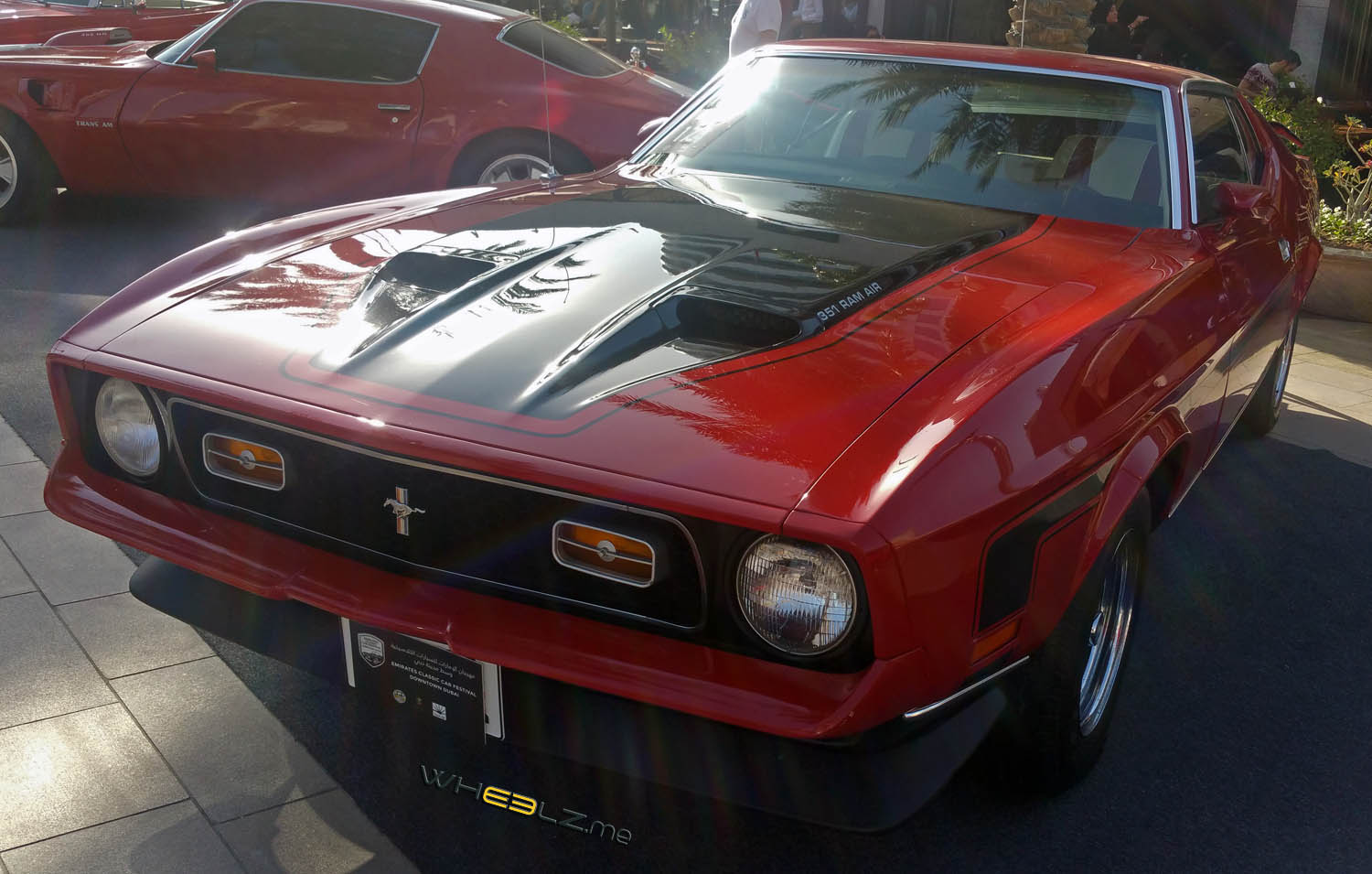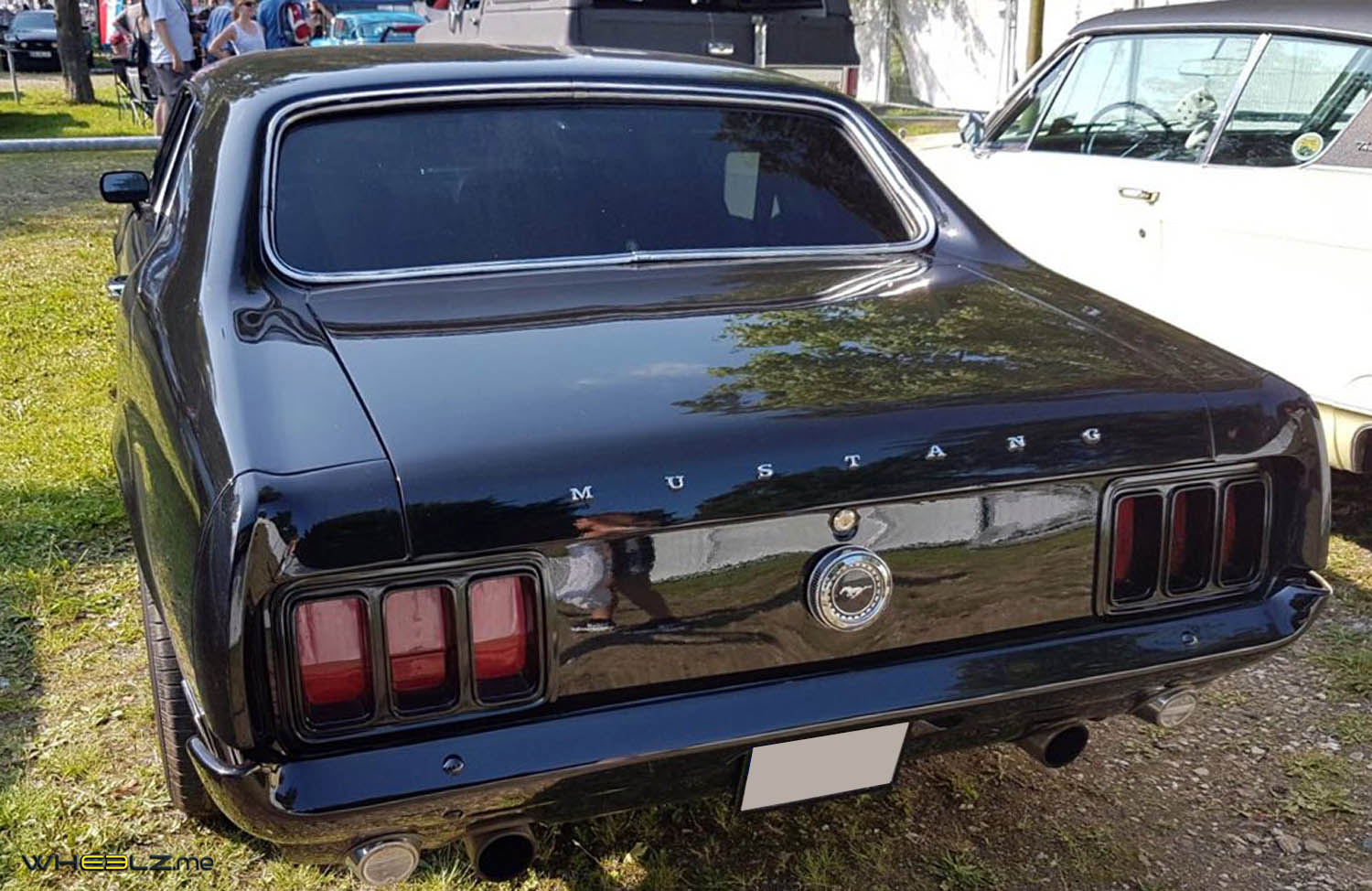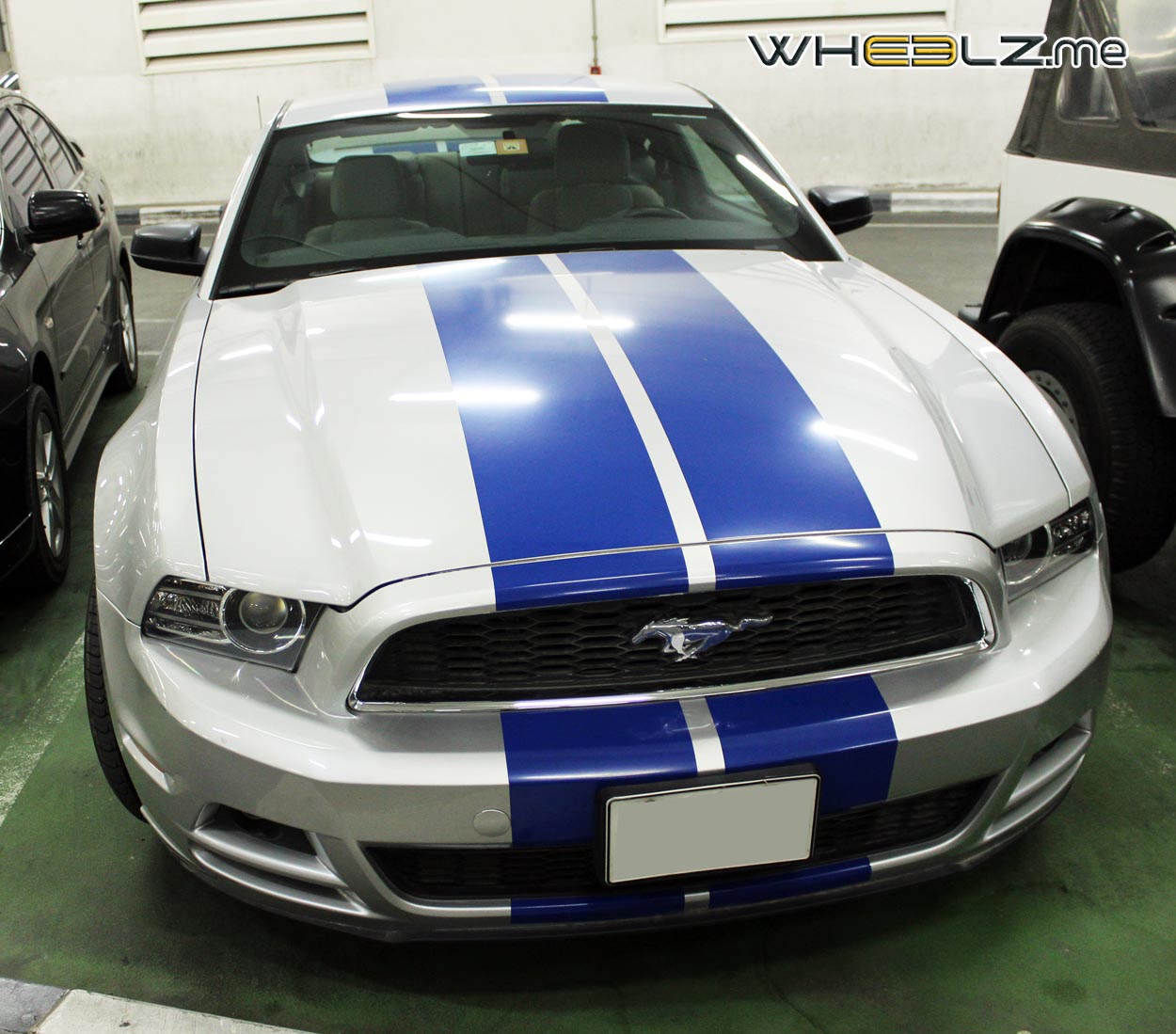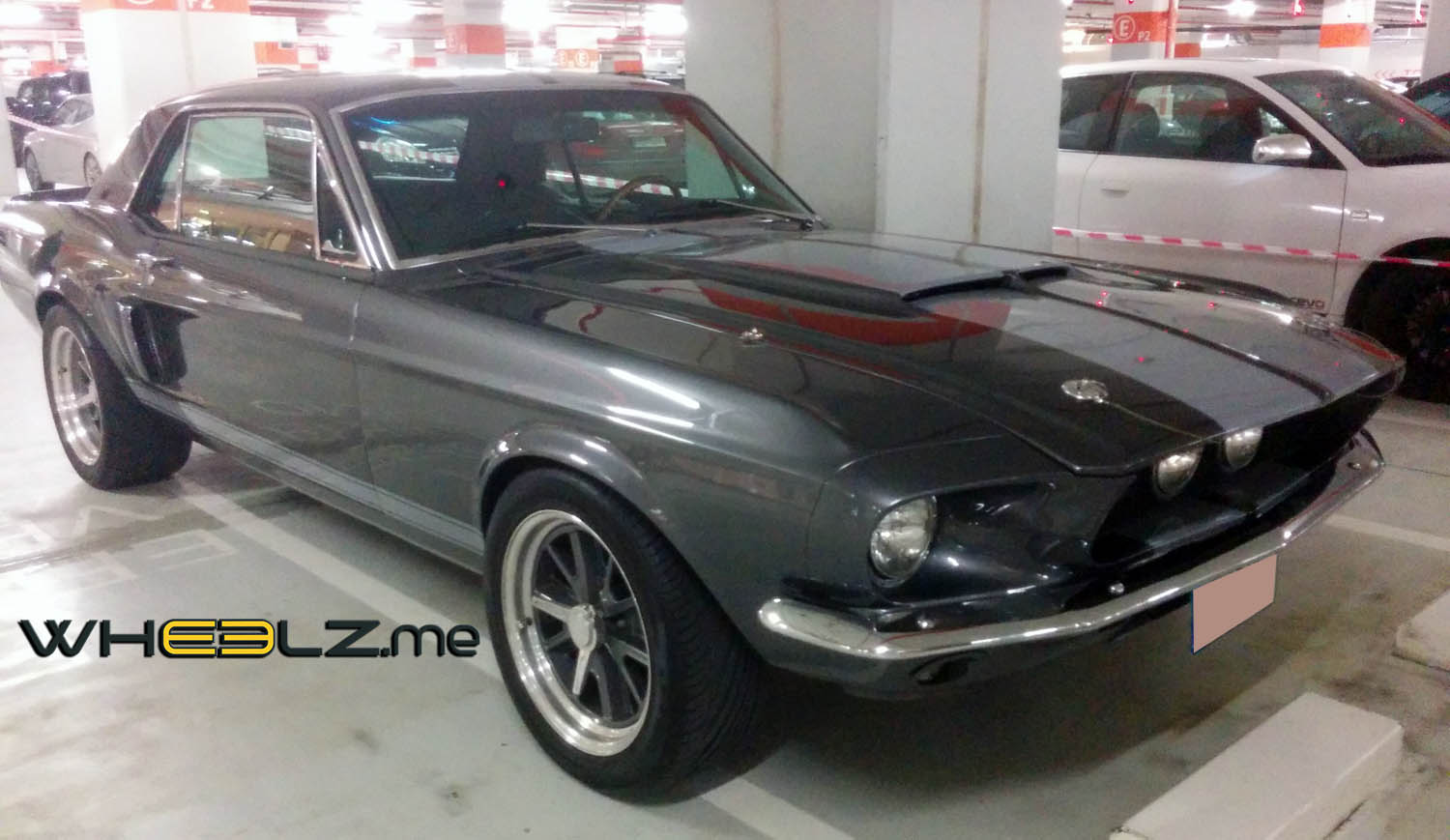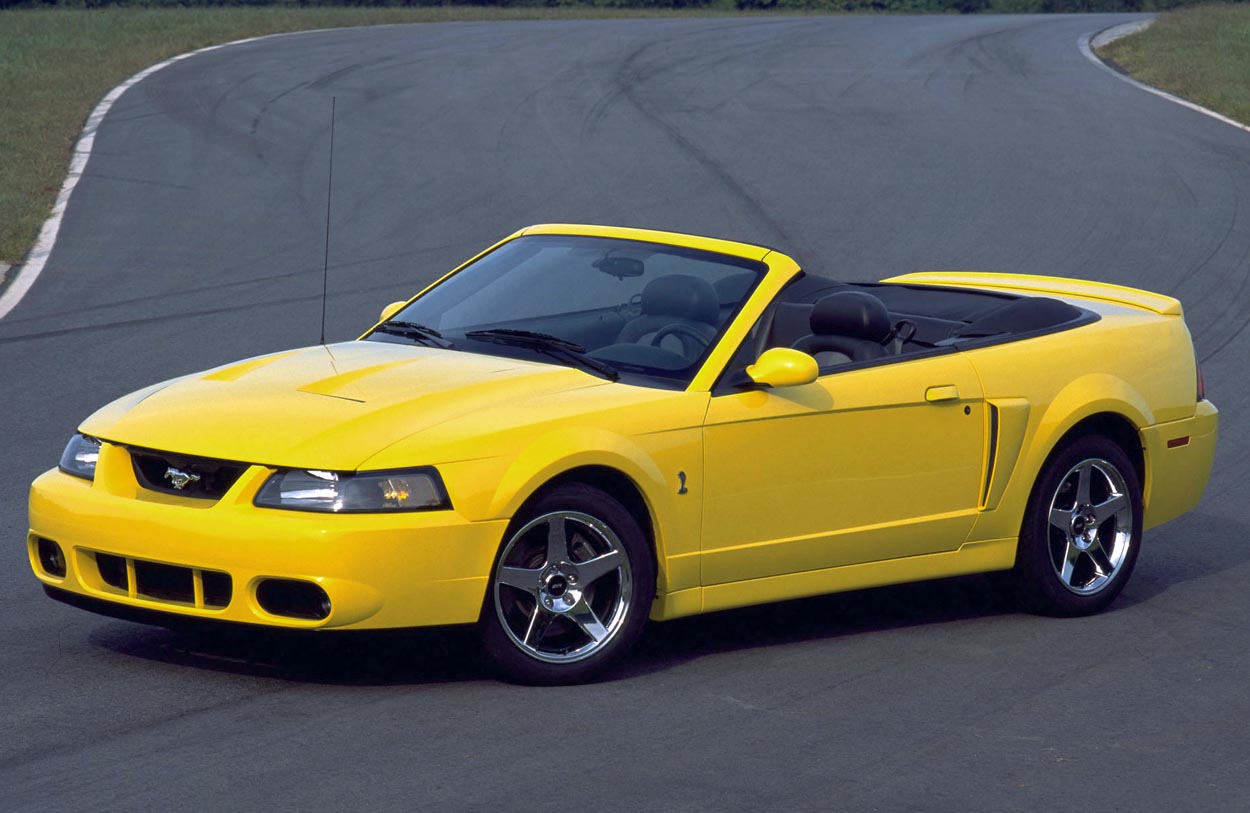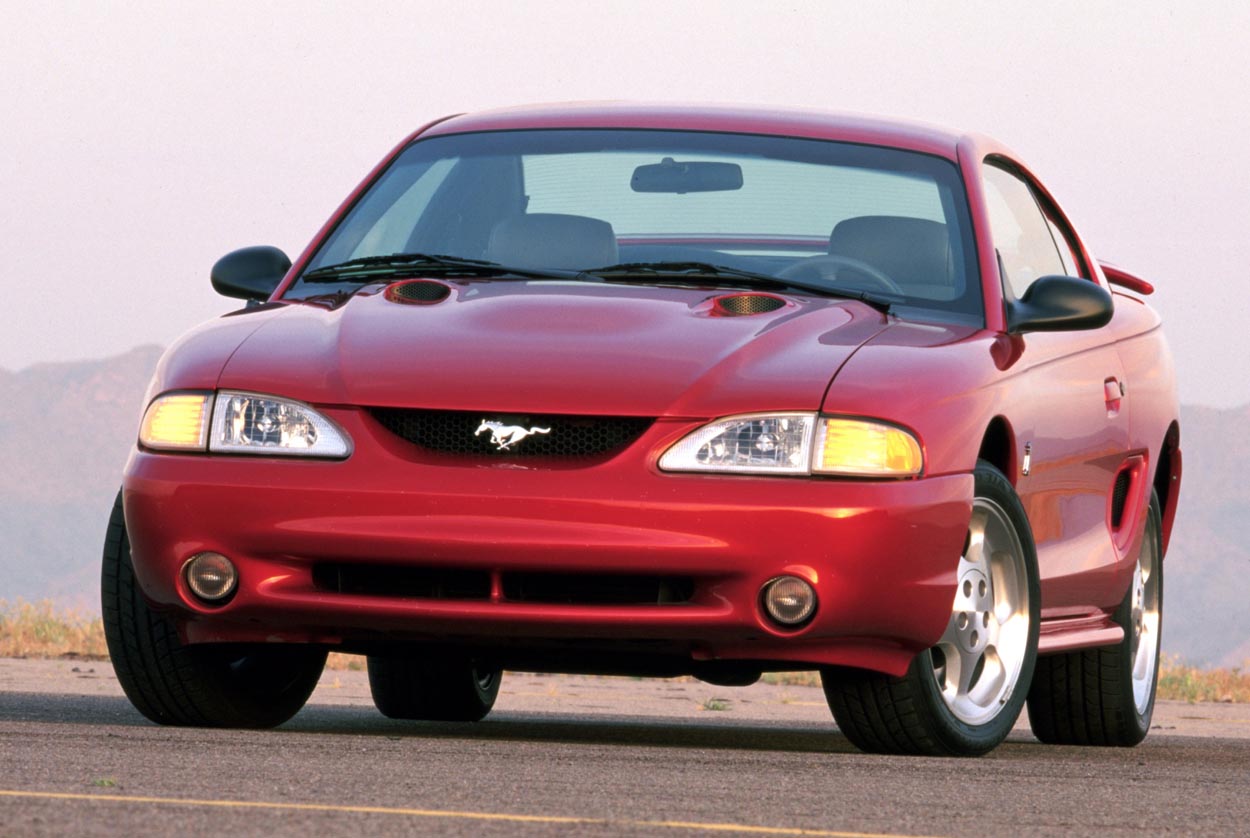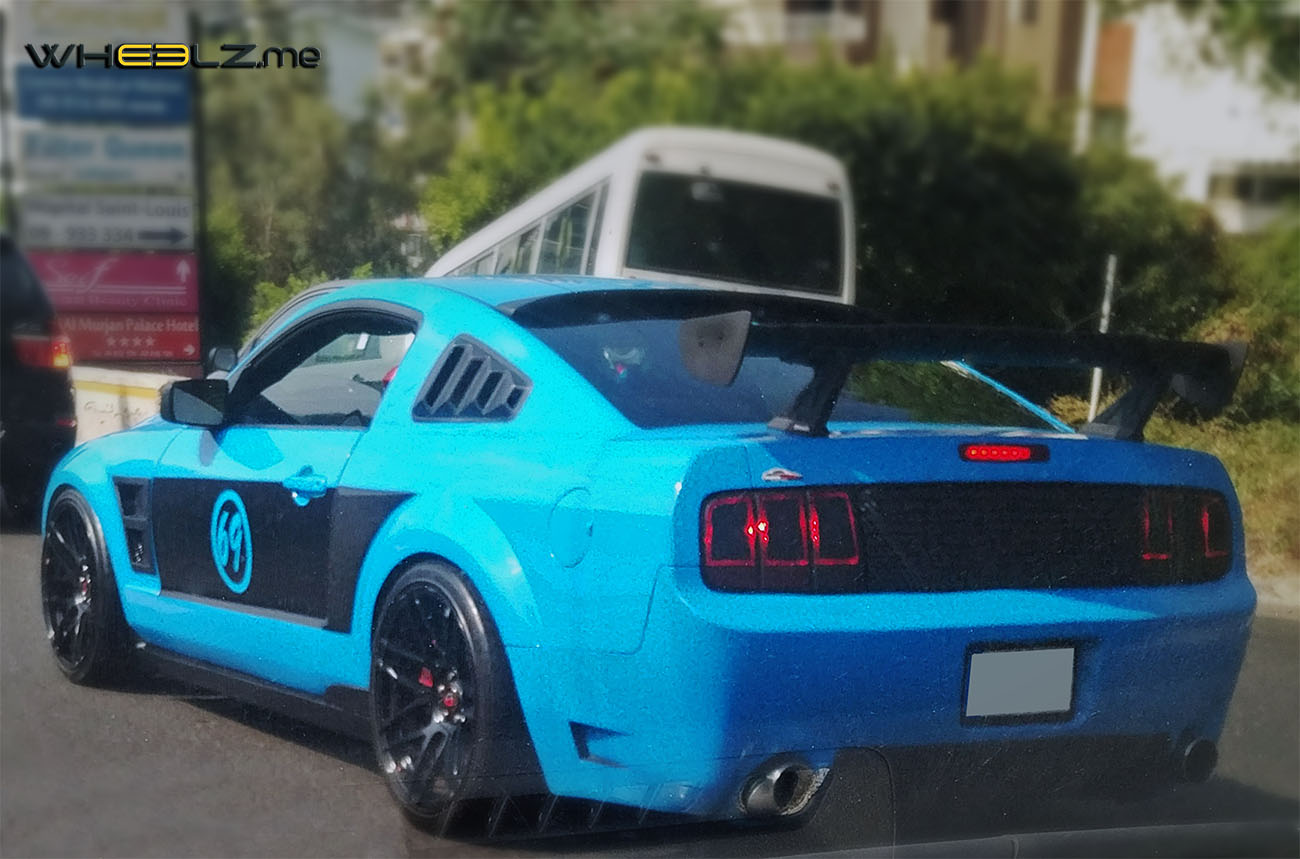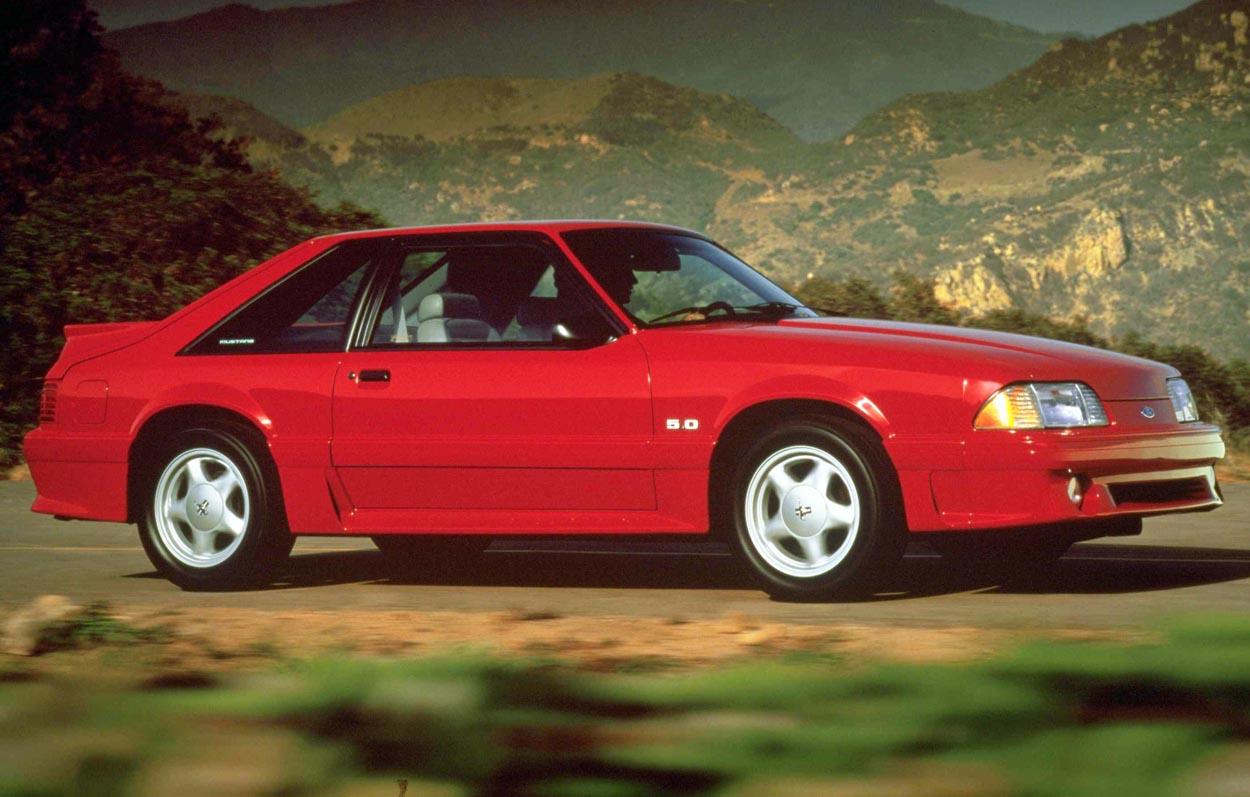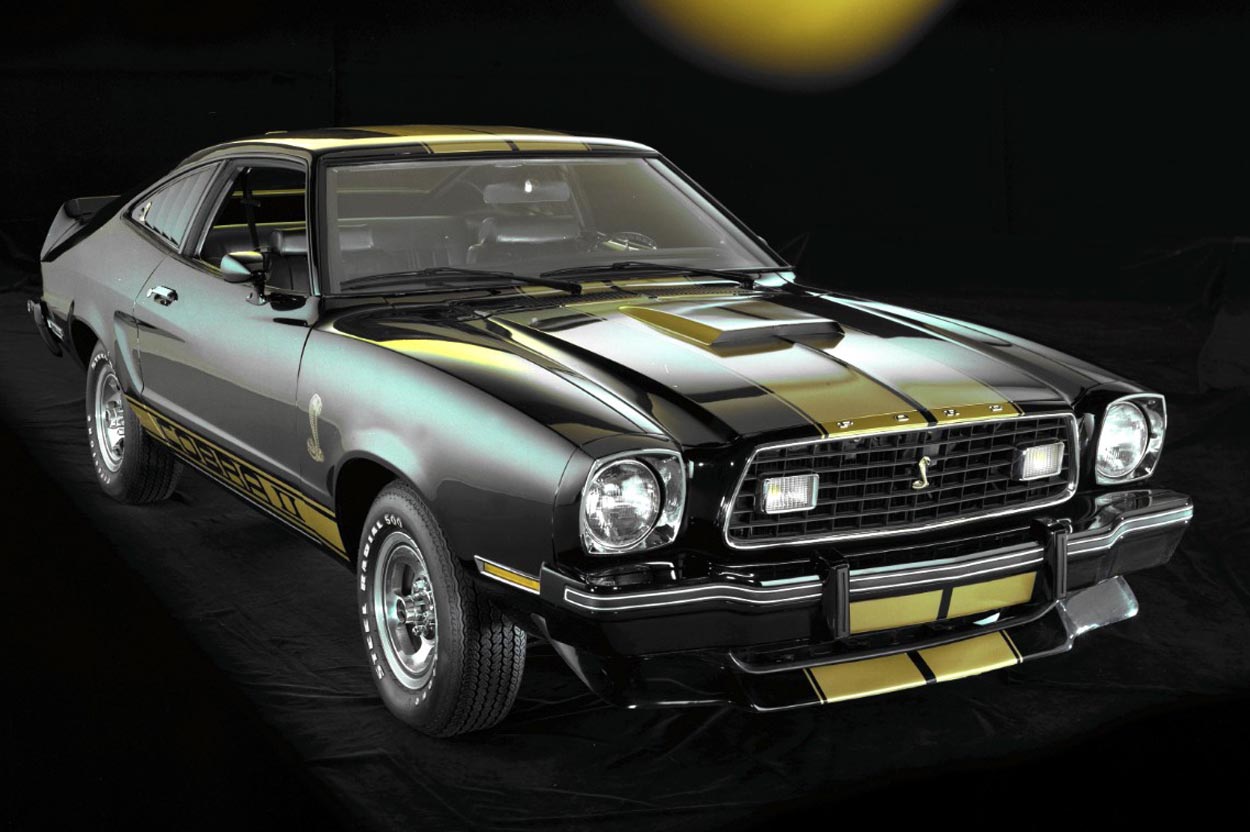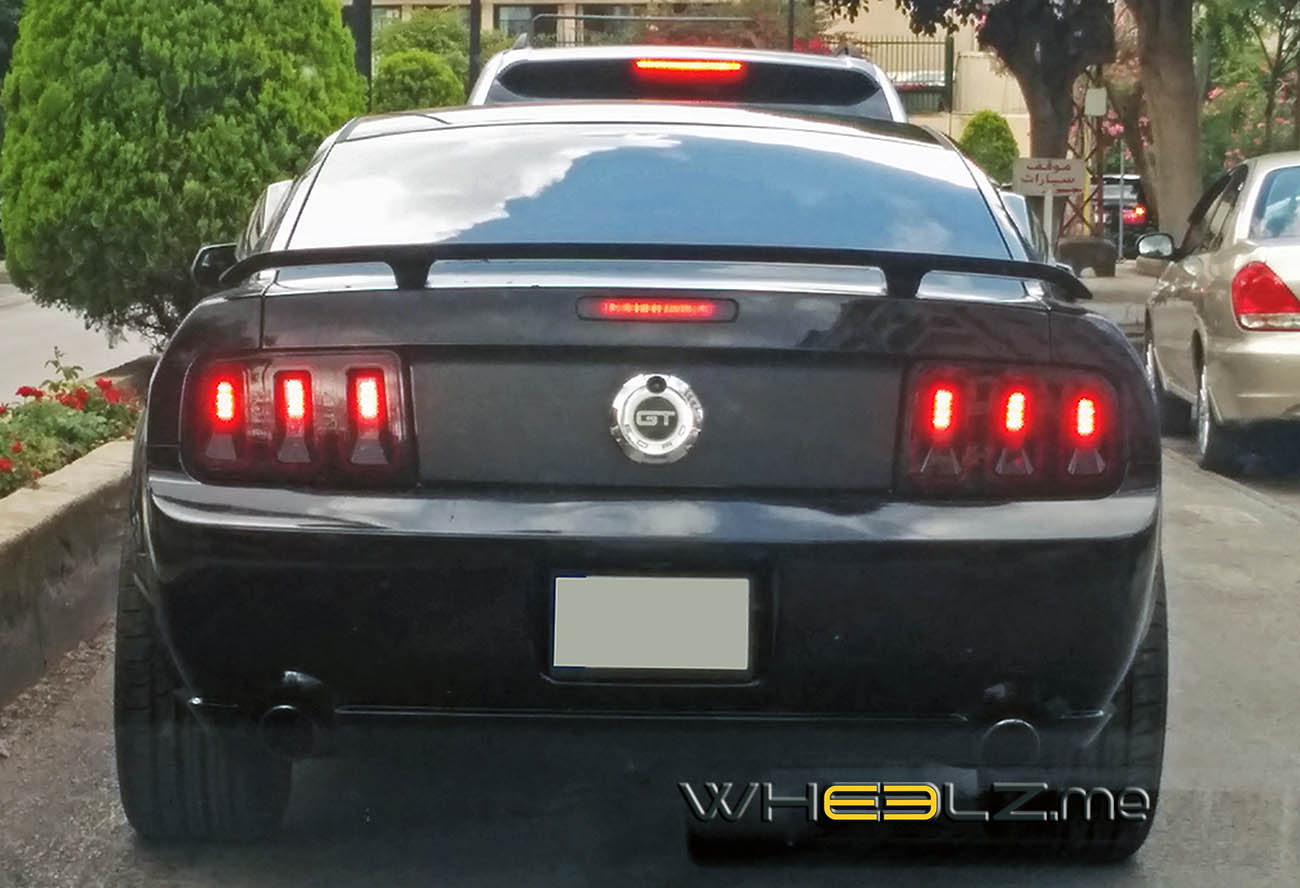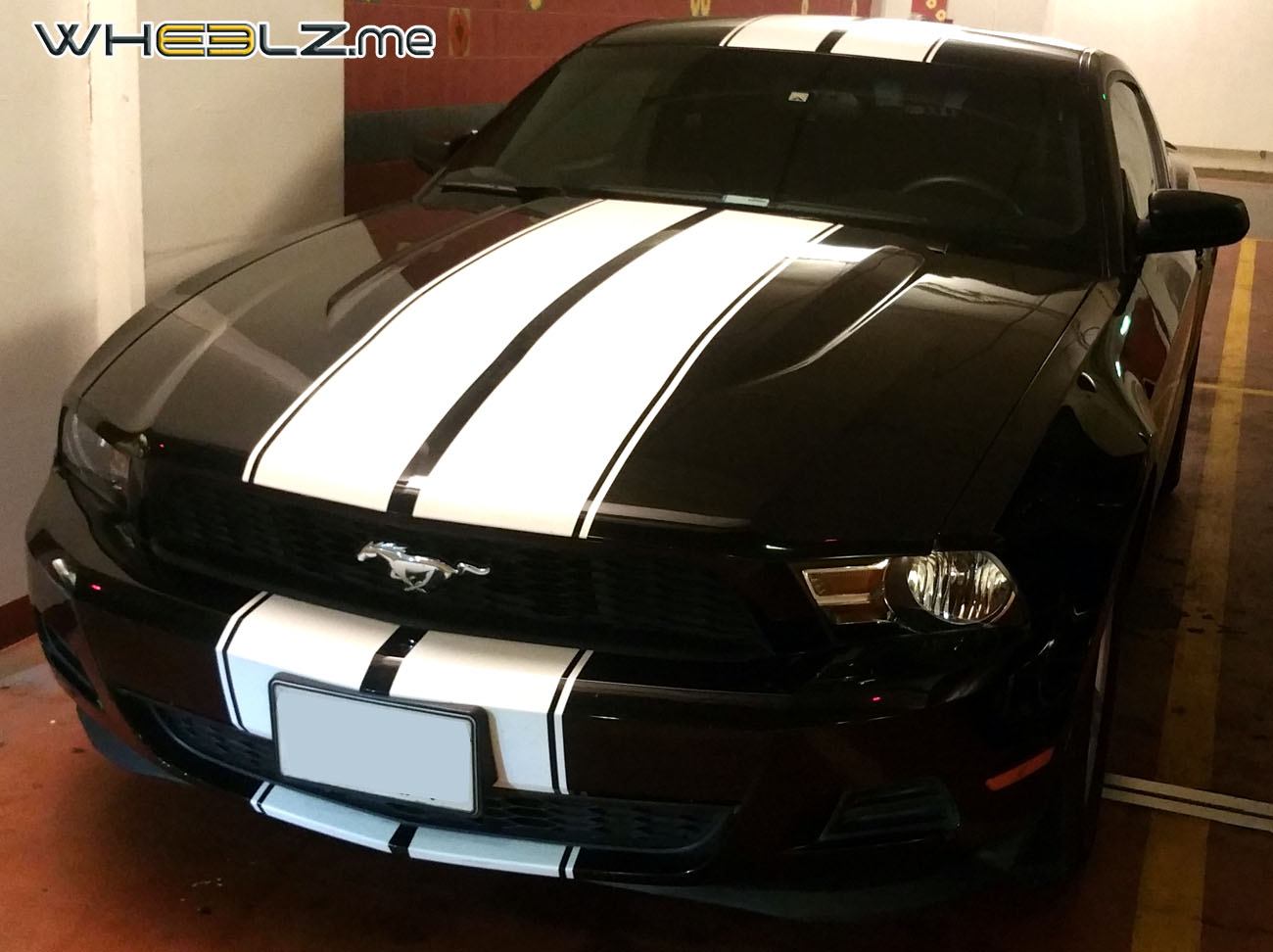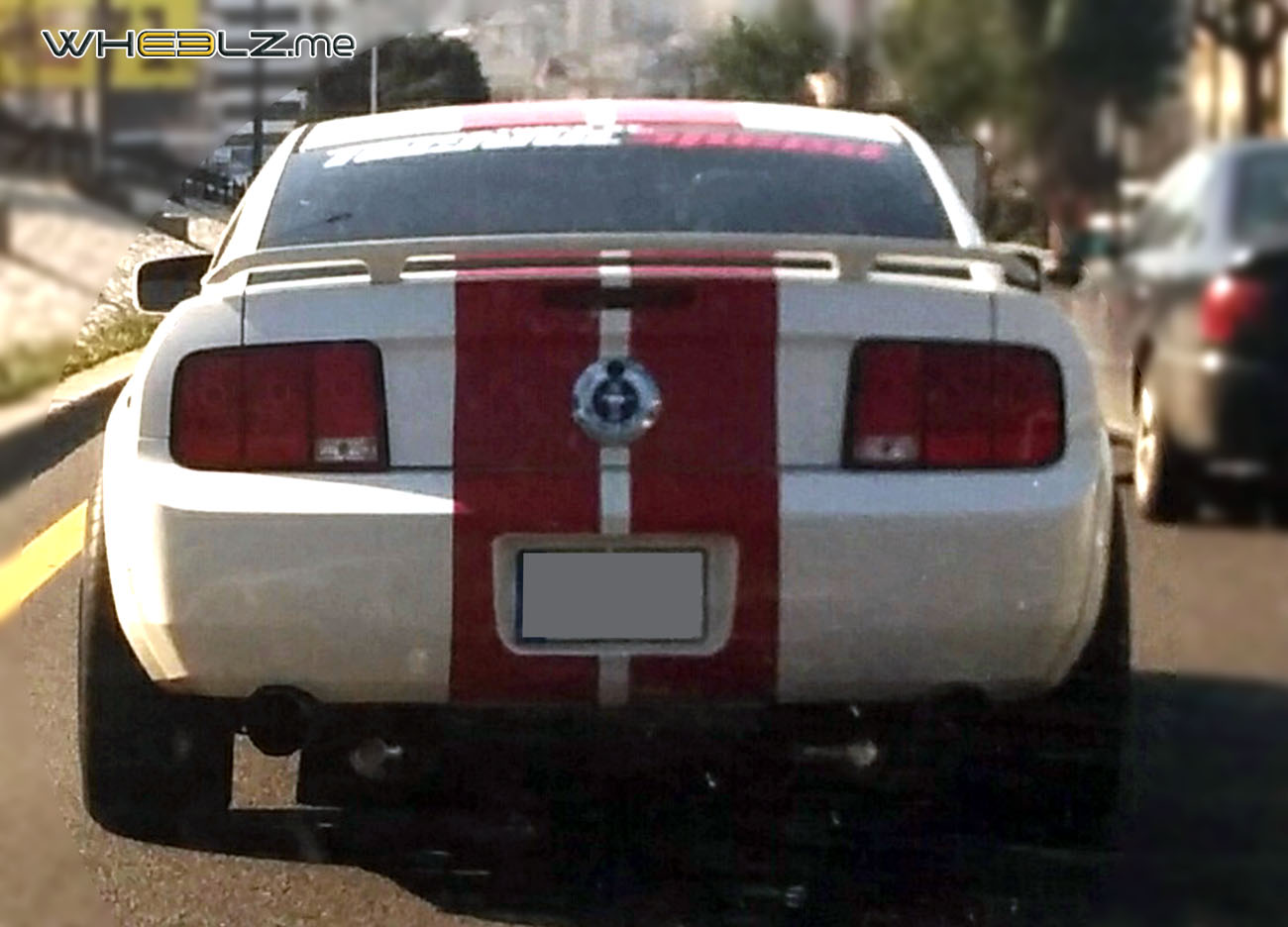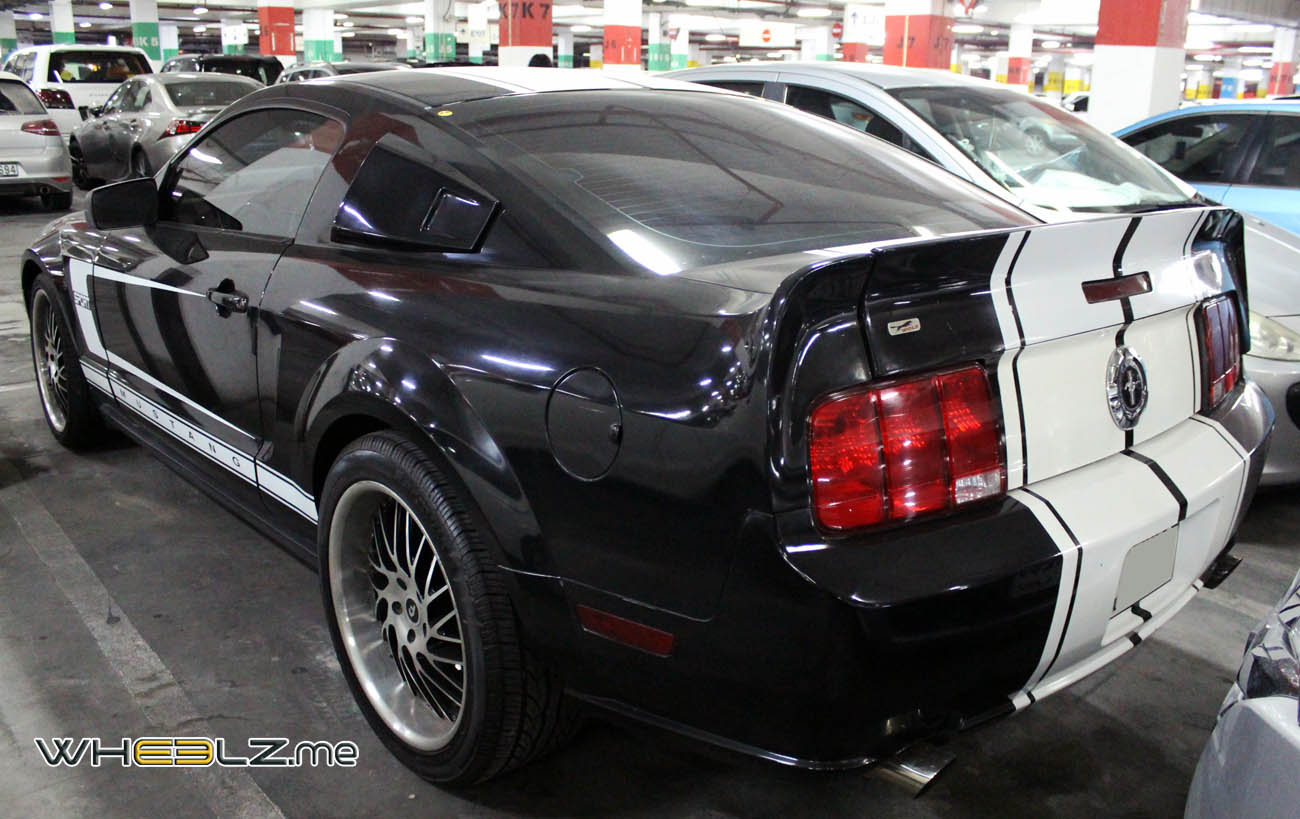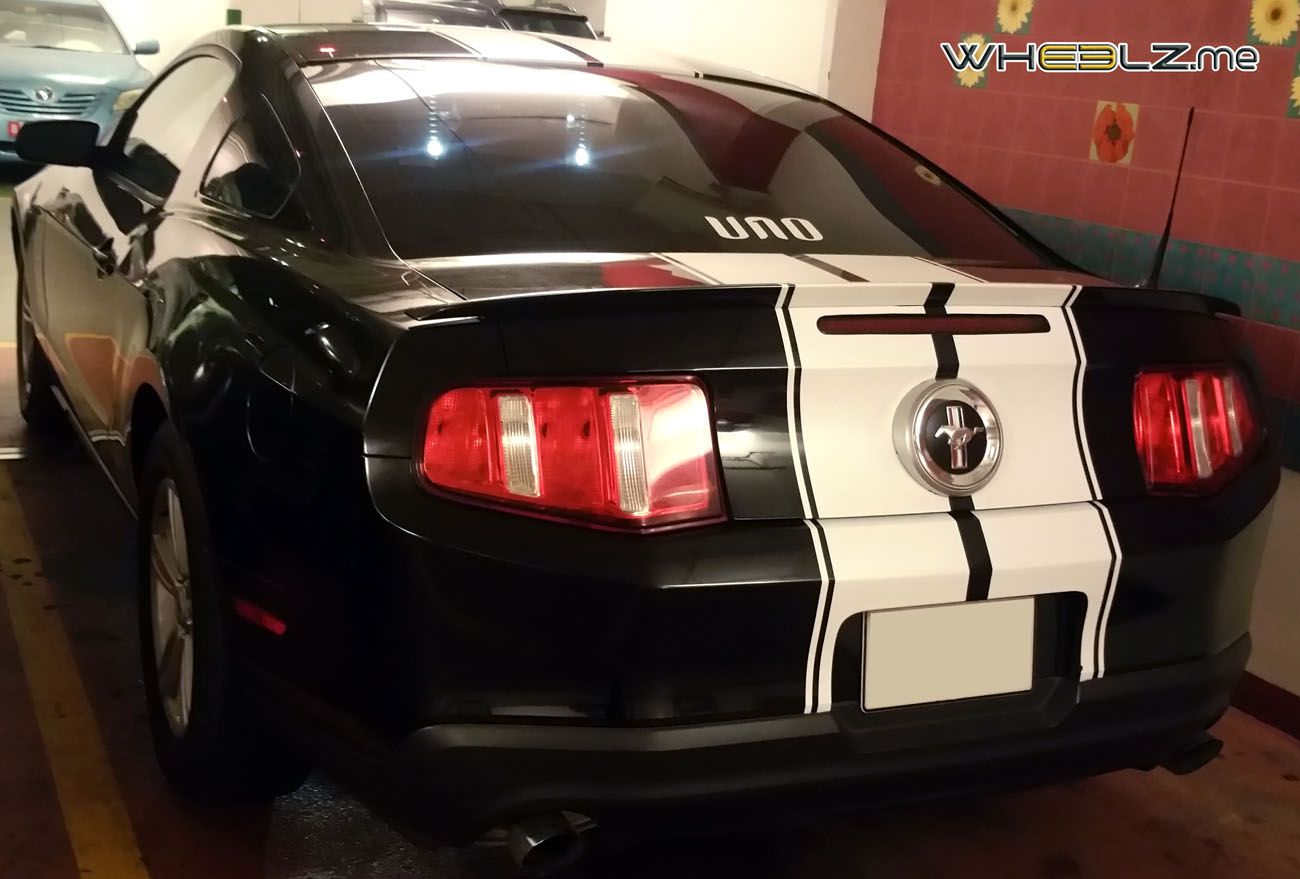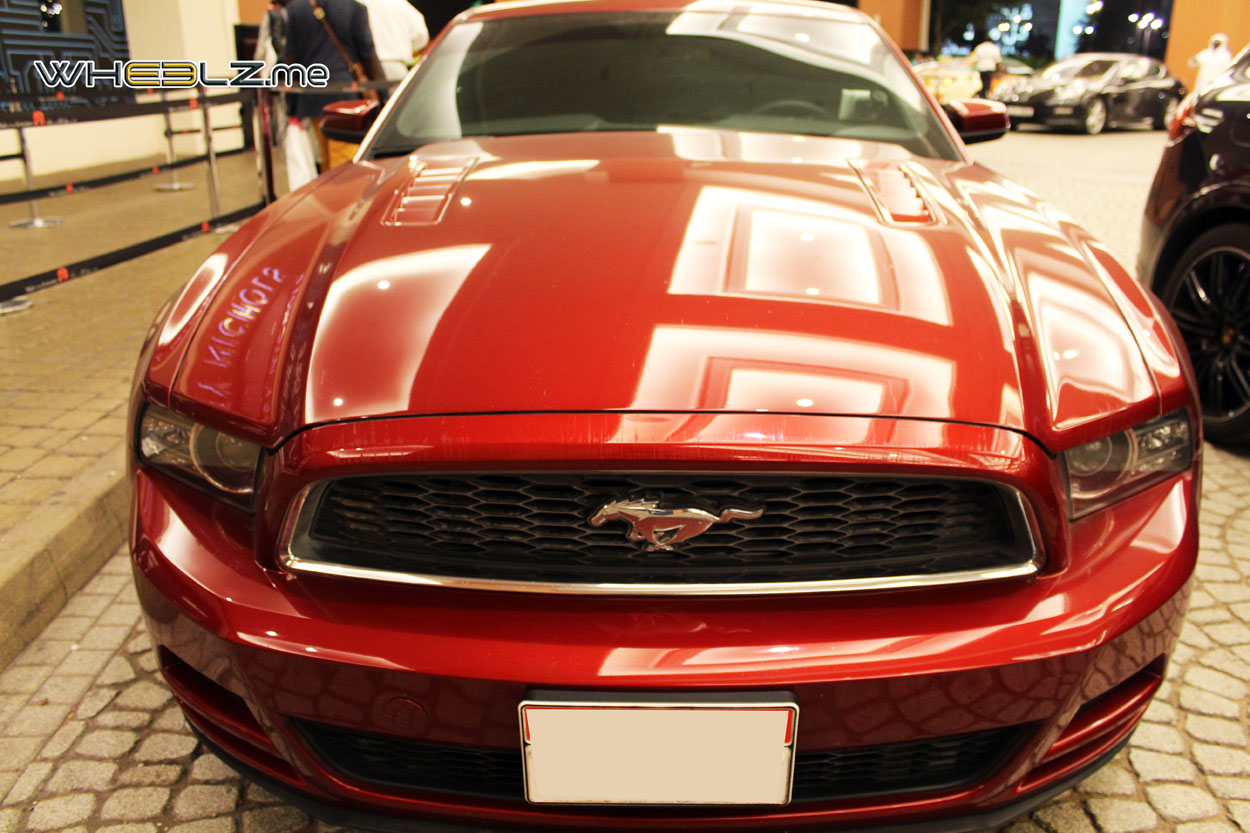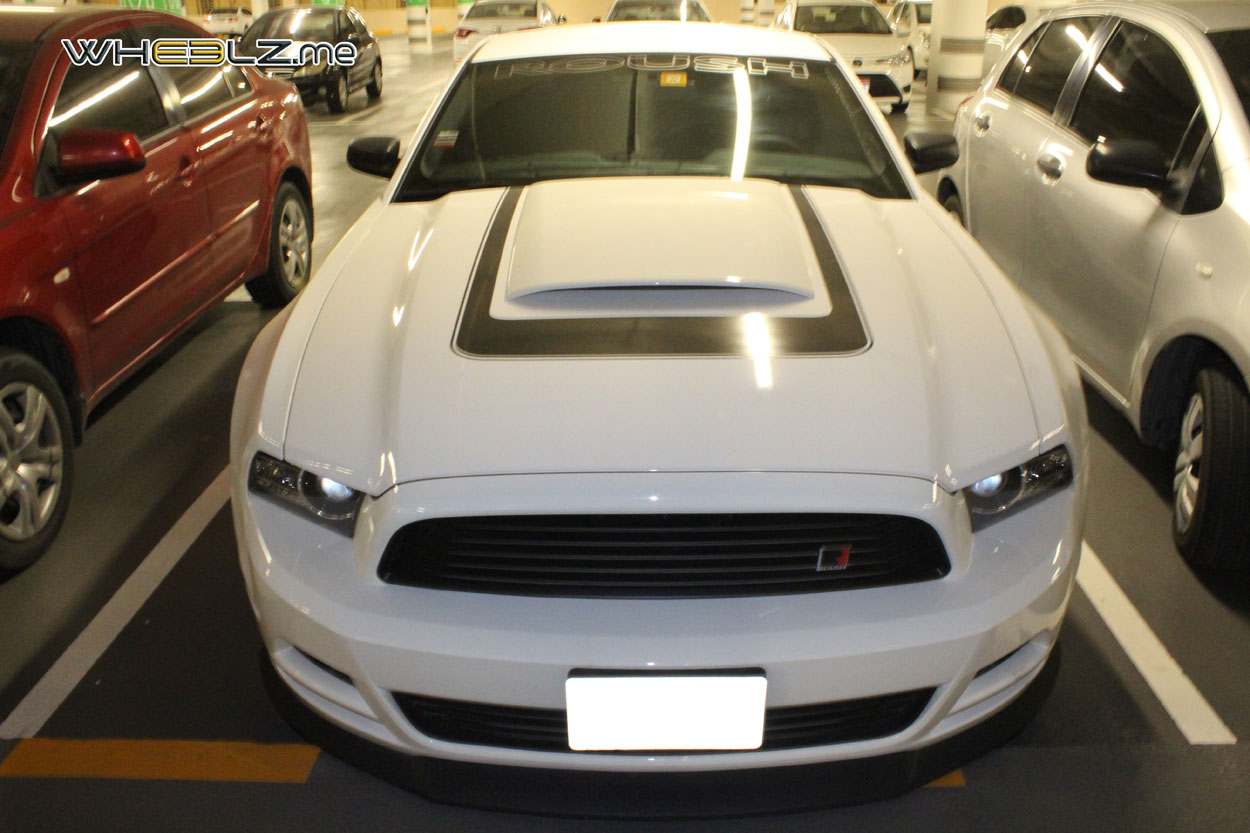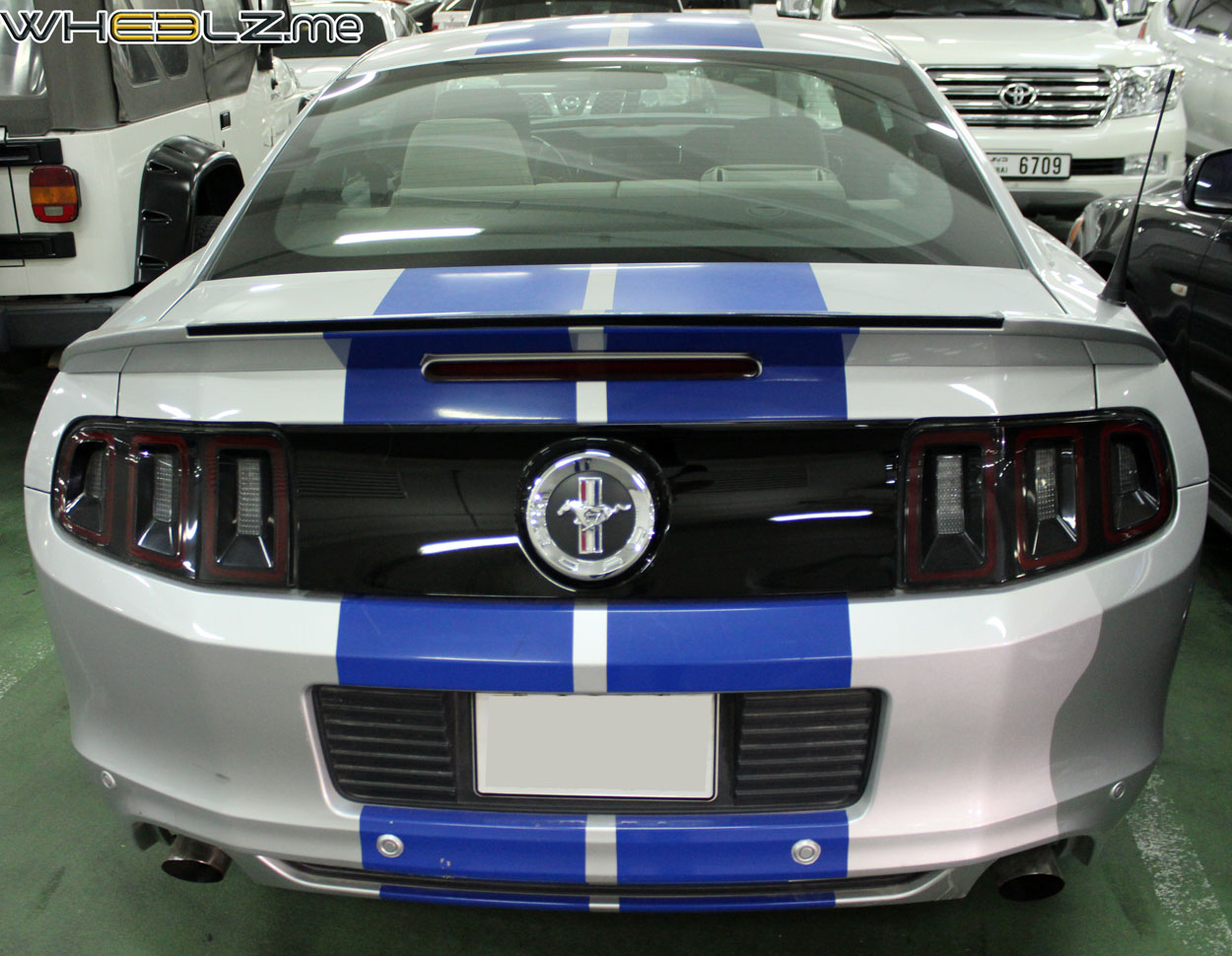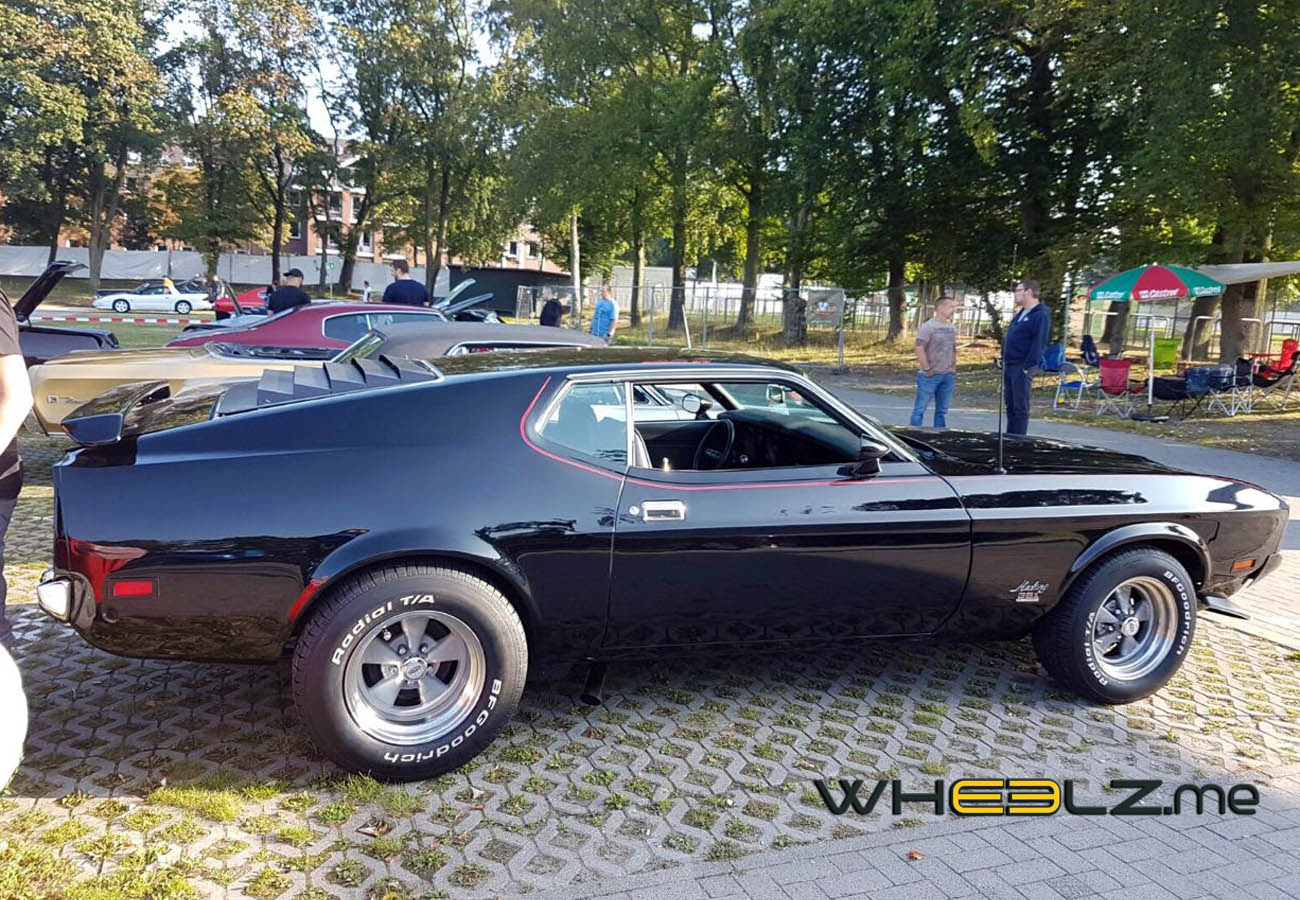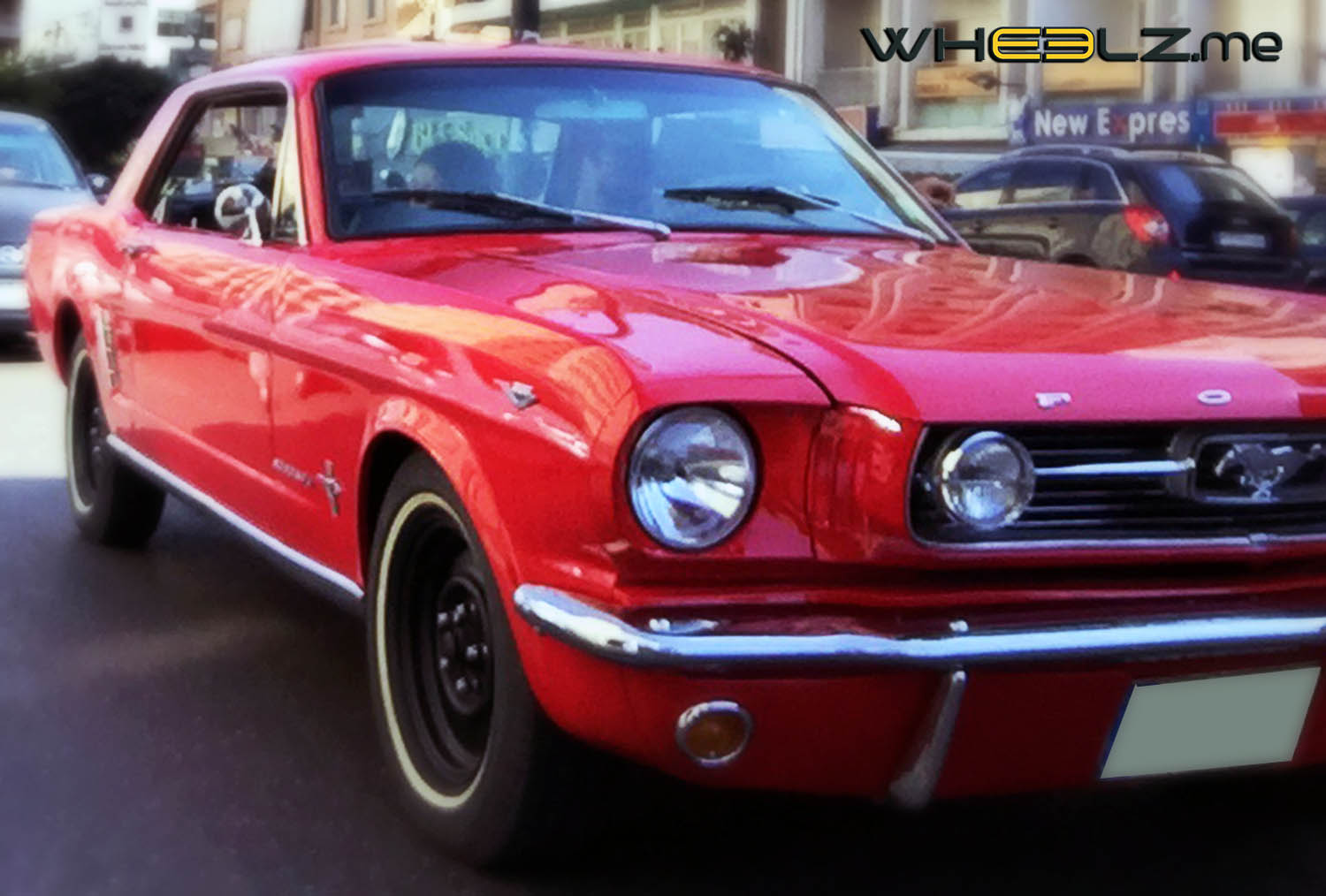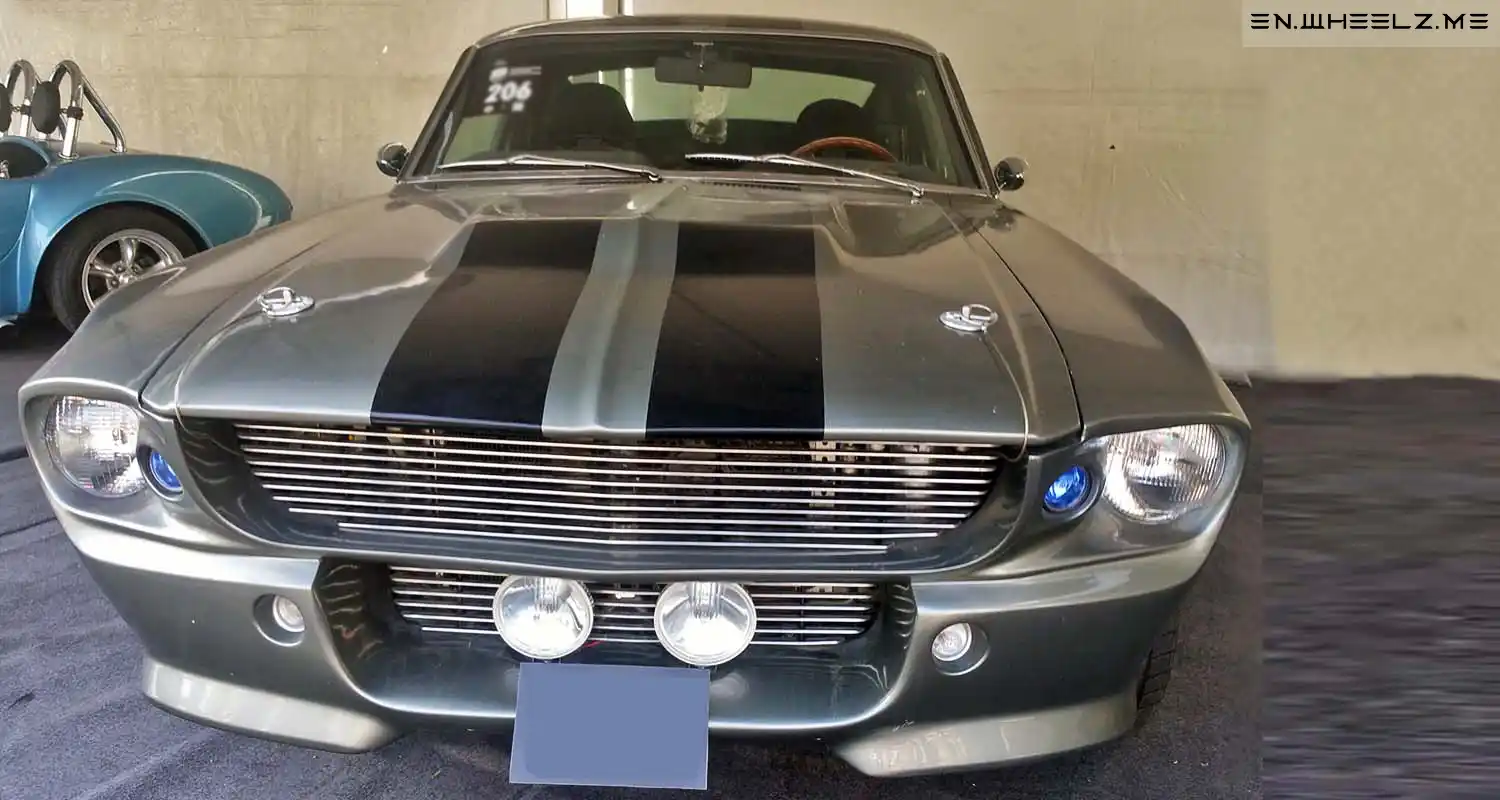
The Ford Mustang stands as an enduring symbol of American automotive innovation, performance, and style. Introduced in 1964, the Mustang burst onto the scene and quickly captured the hearts and imaginations of car enthusiasts around the world.
Origins
Conceived by Ford executive Lee Iacocca, the Mustang was designed to appeal to a new generation of youthful and adventurous drivers. It represented a departure from the large, heavy, and expensive vehicles of the era, offering a compact, sporty alternative that combined style, affordability, and performance.
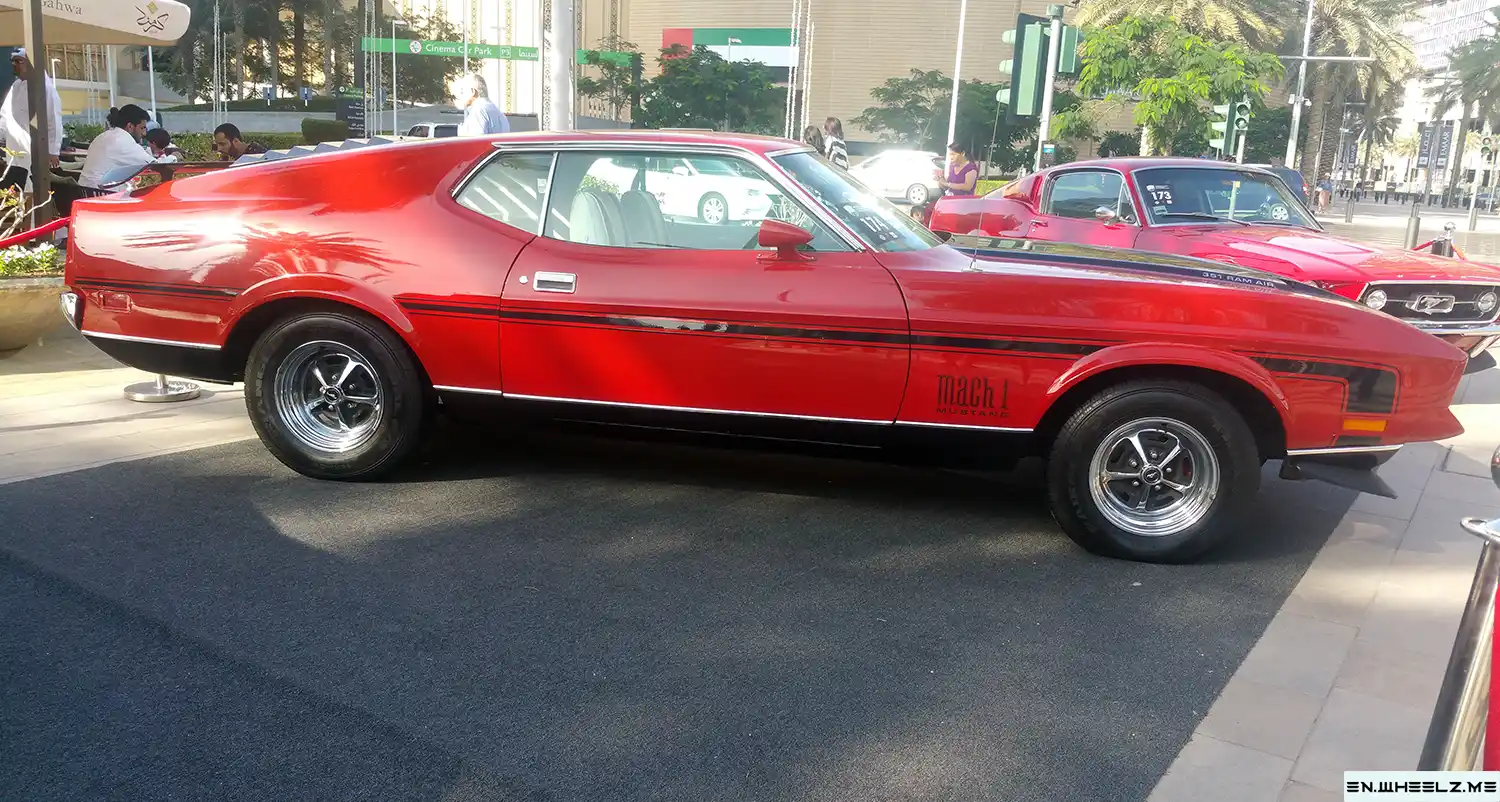
Debut
On April 17, 1964, the Ford Mustang made its official debut at the New York World’s Fair. Its sleek design, long hood, short deck, and array of customizable options immediately struck a chord with consumers. The Mustang was an instant sensation, with thousands of orders flooding in within days of its unveiling.

Generations
Since its inception, the Ford Mustang has undergone numerous redesigns and updates, evolving with the times while staying true to its heritage. From the classic first-generation models of the 1960s to the high-performance Shelby variants and modern iterations of today, each generation of the Mustang has left its mark on automotive history.
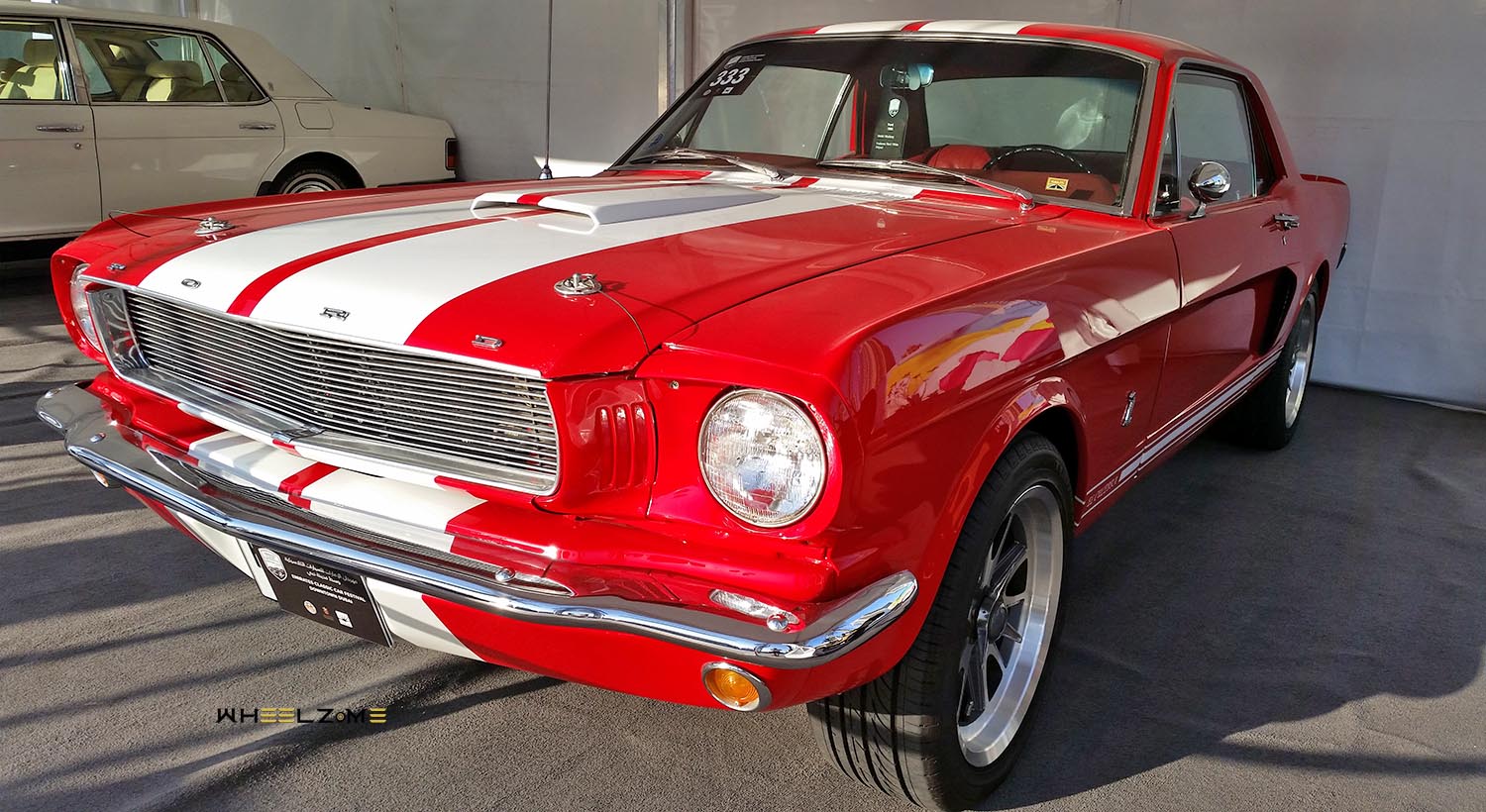
First Generation (1964-1973):
- 1964-1966 Mustang (First Generation): Introduced as a 1964 model, often referred to as the “1964½” Mustang. Available in coupe and convertible body styles with various engine options.
- 1967 Mustang: Redesigned with a longer body and larger dimensions.
- 1968 Mustang: Minor styling updates, introduction of the high-performance 428 Cobra Jet engine.
- 1969-1970 Mustang: Further design changes and the introduction of the Mach 1, Boss 302, and Boss 429 variants.
First Generation Shelby Models:
Shelby GT350 (1965-1966):
- Introduced in 1965, the Shelby GT350 was based on the first-generation Mustang platform.
- Powered by a modified version of Ford’s 289 cubic inch (4.7-liter) V8 engine, producing around 306 horsepower.
- Available in Wimbledon White with blue racing stripes, as well as a limited number of custom colors.
- Featured numerous performance upgrades, including a modified suspension, upgraded brakes, and unique bodywork.
- Designed primarily for SCCA (Sports Car Club of America) racing, the GT350 achieved considerable success on the track.
Shelby GT350H (1966):
- A special version of the GT350 produced for the Hertz car rental company.
- Around 1,000 units were built and made available for rental through Hertz’s “Rent-A-Racer” program.
- Identical in specifications to the standard GT350, but featured distinctive gold racing stripes.
Shelby GT500 (1967-1968):
- Introduced in 1967 as a higher-performance variant of the Mustang, featuring a larger and more powerful engine.
- Powered by Ford’s 428 cubic inch (7.0-liter) “Police Interceptor” V8 engine, producing around 355 horsepower.
- Available in both fastback and convertible body styles.
- Featured unique styling elements, including a prominent hood scoop and distinctive grille.
- Considered one of the most powerful and desirable muscle cars of its era.
Shelby GT500KR (1968):
- The “KR” stood for “King of the Road,” emphasizing its high-performance credentials.
- Featured an upgraded version of the 428 V8 engine, designated as the “Cobra Jet,” producing around 400 horsepower.
- Considered one of the most collectible and sought-after Shelby Mustangs.
Shelby GT500 (1969-1970):
- The final iteration of the first-generation Shelby Mustangs, featuring revised styling and engineering.
- Offered with a choice of two engines: the 428 cubic inch Cobra Jet V8 or the even more powerful 429 cubic inch V8.
- The GT500 received a front-end restyling for the 1969 model year, with a new grille and revised bodywork.
- The 1970 model year saw further updates, including a new front fascia and a more aggressive appearance.
Second Generation (1974-1978):
- 1974-1978 Mustang II: Smaller and more fuel-efficient than its predecessor, available as a coupe or hatchback. Despite criticism, it sold well during the fuel crisis of the 1970s.
Third Generation (1979-1993):
- 1979-1982 Fox Body Mustang: Return to a larger size, introduction of the Fox platform. Available in coupe, hatchback, and convertible body styles.
- 1984-1986 SVO Mustang: High-performance variant with a turbocharged 2.3-liter engine.
- 1987-1993 Mustang: Refreshed design and introduction of the LX 5.0 and GT models.
Fourth Generation (1994-2004):
- 1994-1998 SN-95 Mustang: Retro-inspired styling cues, return to classic proportions. Available with V6, V8, and Cobra engine options.
- 1995 Mustang Cobra R: Limited-production high-performance variant.
- 1999-2004 New Edge Mustang: Refreshed design with sharper lines and modern styling. Introduction of the Mach 1 and SVT Cobra models.
Fifth Generation (2005-2014):
- 2005-2009 S197 Mustang: Return to a more retro-inspired design. Introduction of the Shelby GT500 with a supercharged V8 engine.
- 2010-2014 S197 Mustang: Refreshed design with updated styling and technology. Introduction of the Boss 302 and Shelby GT500 with increased horsepower.
Fifth Generation Shelby Models
Shelby GT-H (2006):
- Developed in collaboration with Hertz as a tribute to the iconic 1966 Shelby GT350H.
- Based on the Mustang GT, featuring a 4.6-liter V8 engine with performance enhancements.
- Limited production run of approximately 500 units, exclusively available for rental through Hertz’s “Fun Collection.”
Shelby GT (2007-2008):
- Offered as a post-title package for Mustang GTs through select Ford dealerships.
- Featured a 4.6-liter V8 engine with performance upgrades including a cold air intake, revised exhaust system, and tuned suspension.
- Available with various cosmetic enhancements such as unique striping, badges, and interior accents.
Shelby GT500 (2007-2009):
- Flagship performance model of the Mustang lineup during this period.
- Powered by a supercharged 5.4-liter V8 engine, producing up to 500 horsepower and 480 lb-ft of torque.
- Available in coupe and convertible body styles.
- Notable for its aggressive styling cues, including a unique front fascia, hood vents, and rear spoiler.
Shelby GT500KR (2008-2009):
- “KR” stands for “King of the Road,” a homage to the original 1968 Shelby GT500KR.
- Based on the GT500 platform, but with performance and styling enhancements.
- Featured a supercharged 5.4-liter V8 engine producing around 540 horsepower.
- Limited production run of approximately 1,000 units.
Shelby GT500 Super Snake (2008-2014):
- Ultimate performance variant of the GT500, available as a post-title package.
- Offered with various power levels, ranging from 600 to over 800 horsepower, depending on the stage of modification.
- Featured additional performance upgrades including improved suspension, brakes, and aerodynamics.
- Limited production, with each unit individually serialized.
Sixth Generation (2015-2023):
- 2015-Present S550 Mustang: Redesigned with a more modern and aggressive appearance. Available with EcoBoost, V6, and V8 engine options. Introduction of the Shelby GT350 and GT350R.
- 2021 Mustang Mach-E: First-ever all-electric Mustang, introduced as an SUV.
Sixth Generation Shelby Models:
Shelby GT350 (2015-2020):
- Introduced in 2015 as a track-focused variant of the Mustang GT.
- Powered by a naturally aspirated 5.2-liter V8 engine, known as the “Voodoo” engine, producing 526 horsepower and 429 lb-ft of torque.
- Equipped with a 6-speed manual transmission, specifically tuned suspension, and performance-oriented components.
- Notable features include a flat-plane crankshaft, MagneRide damping system, and Brembo brakes.
- Offered in coupe and limited-run track-focused Shelby GT350R variant.
Shelby GT500 (2020-present):
- The latest iteration of the GT500, reintroduced for the 2020 model year.
- Features a supercharged 5.2-liter V8 engine producing a staggering 760 horsepower and 625 lb-ft of torque, making it the most powerful production Mustang ever built.
- Equipped with a 7-speed dual-clutch transmission for rapid gear changes and optimal performance.
- Features an aggressive exterior design with functional aerodynamics, including a large rear wing and front splitter.
- Offers advanced performance technologies such as launch control, adjustable drive modes, and a customizable digital instrument cluster.
Seventh generation (2024-Present): Current generation
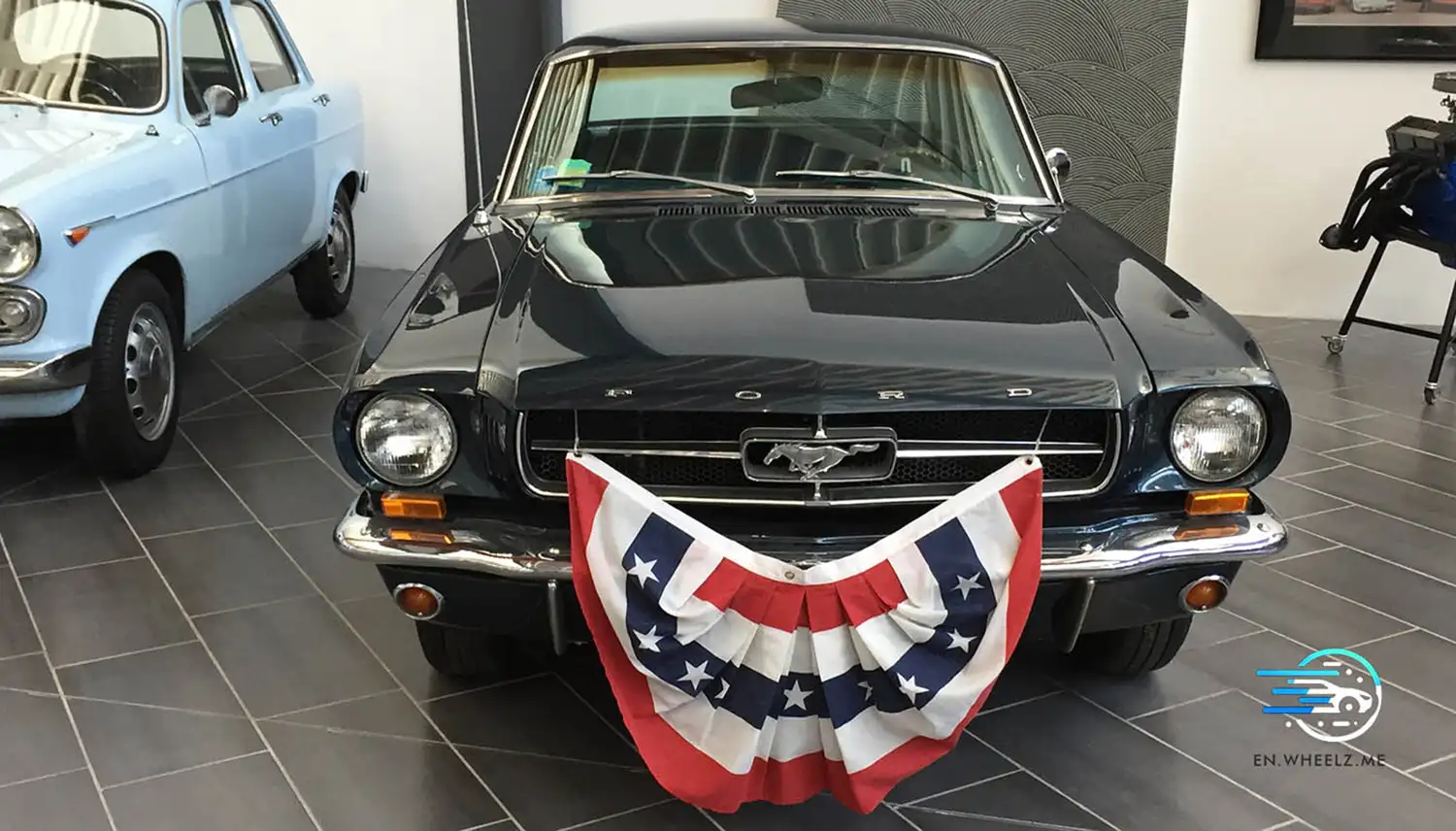
Cultural Impact
The Mustang quickly became ingrained in American popular culture, appearing in countless movies, TV shows, and songs. It symbolized freedom, adventure, and the open road, embodying the spirit of the American dream. Its iconic design and performance capabilities have made it a favorite among car enthusiasts and collectors worldwide.
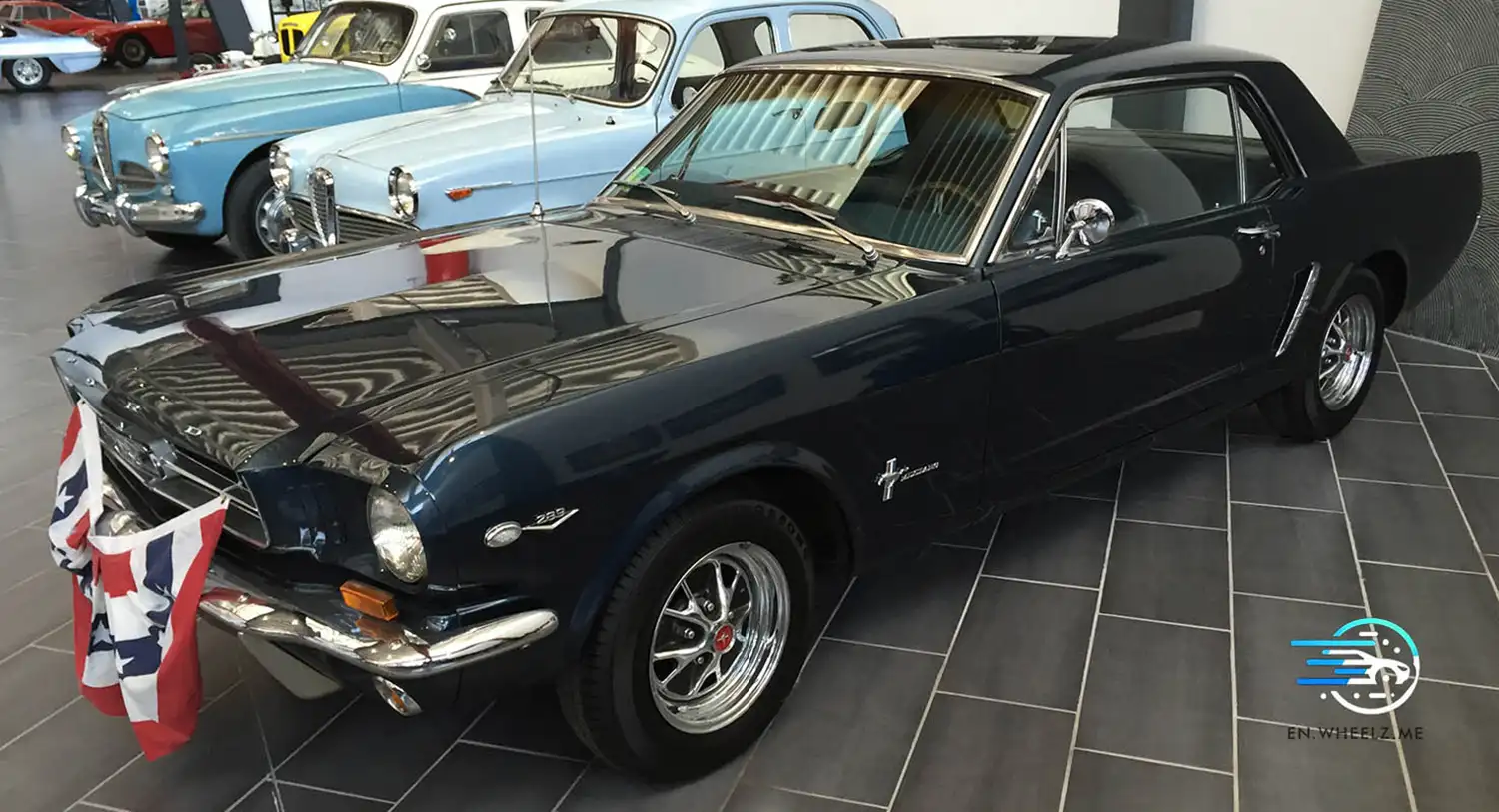
Legacy
Over the decades, the Ford Mustang has cemented its status as an automotive legend. It has won numerous awards, including Motor Trend’s Car of the Year, and has been recognized as one of the greatest cars of all time. With millions of units sold and a passionate fan base spanning generations, the Mustang continues to inspire and excite drivers around the globe.
From its humble beginnings to its status as a cultural icon, the Ford Mustang remains a symbol of American ingenuity, innovation, and performance—a true testament to the enduring legacy of one of the most beloved cars ever created.
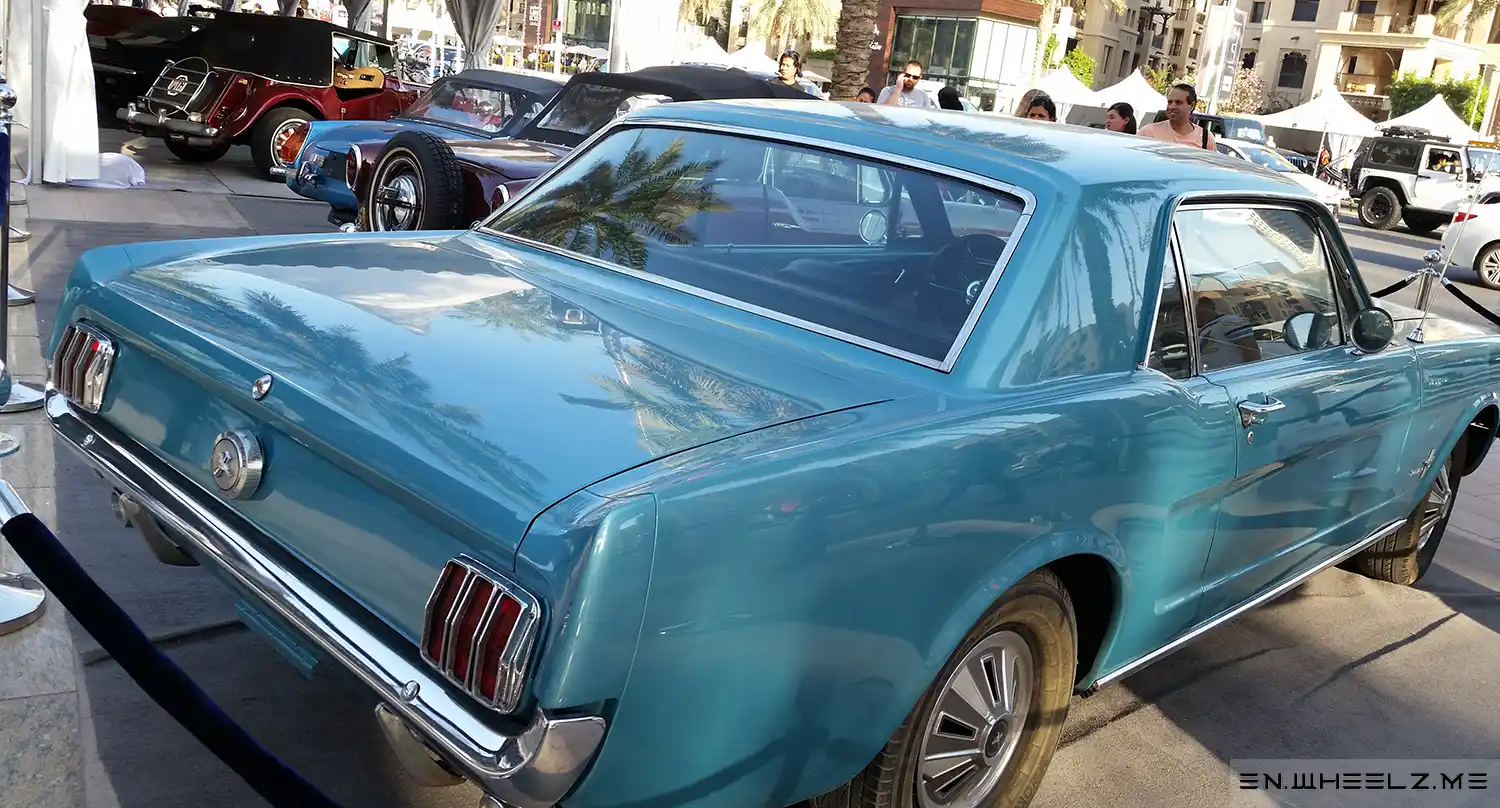
Important Mustang Launches (by model year)
| 2019 | Limited-edition Mustang Bullitt with 480 horsepower |
| 2018 | Updated style, new 5.0-liter V8 engine with 460 horsepower and Performance Pack II |
| 2015 | All-new sixth generation Mustang, first with independent rear suspension and Shelby GT350 / GT350R with flat-plane crank 5.2-liter V8 |
| 2012 | First Boss 302 since 1971 returns with 444 horsepower V8 |
| 2011 | All-new 412-horsepower 5.0-liter V8 Mustang GT debuts |
| 2008 | Iconic Bullitt Mustang returns |
| 2007 | California Special edition returns |
| 2004 | Dearborn Assembly Plant ends 40 years of Mustang production moves to Flat Rock Assembly Plant in Flat Rock, Mich. |
| 2003 | Mustang Mach 1 model returns with Ram-Air “Shaker” hood scoop |
| 2001 | Debut of Mustang Bullitt limited-edition salute to movie car |
| 2000 | SVT Mustang Cobra “R” race version returns |
| 1993 | Limited production SVT Mustang Cobra debuts |
| 1984 | Mustang SVO debuts |
| 1982 | Mustang GT returns after 12-year absence |
| 1979 | Euro-styled “Fox” platform Mustang debuts |
| 1976 | Cobra II joins the lineup |
| 1974 | Mustang II debuts amid gas crisis; no V8 engine offered until 1975 |
| 1970 | Ram-Air “Shaker” hood offered |
| 1969 | High-performance Boss 302 and Boss 429 introduced |
| 1968 | Mustang 390 GT stars with Steve McQueen in “Bullitt”; 428 Cobra Jet engine debuts |
| 1965 | Shelby GT350 introduced; Mustang 2+2 with full fastback roof debuts |
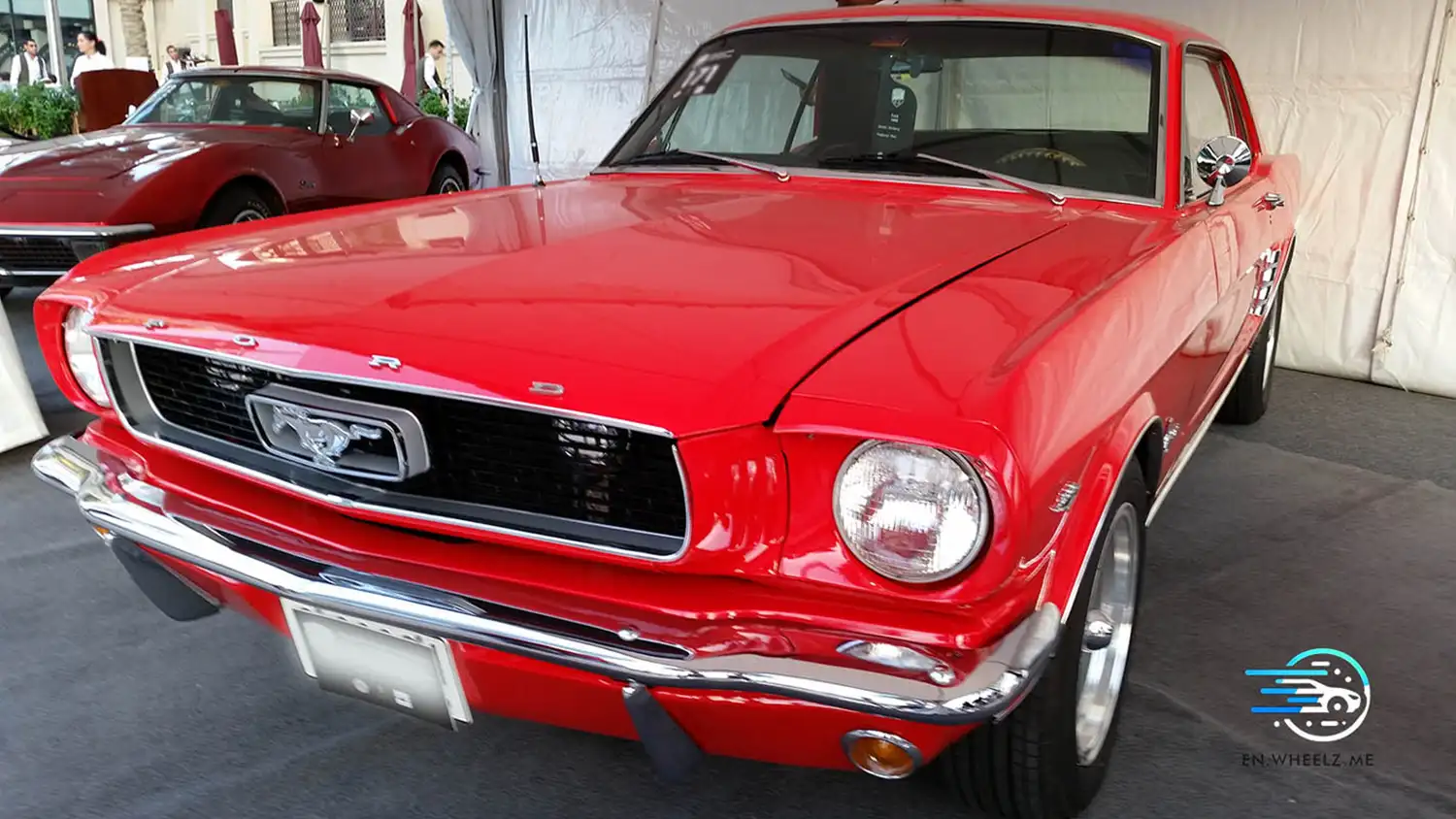
“Mustang is the heart and soul of this company and a favourite around the world,” said Jim Farley, president of global markets, Ford Motor Company. “I get the same thrill seeing a Mustang roll down a street in Detroit, London or Beijing that I felt when I bought my first car – a 1966 Mustang coupe that I drove across the country as a teenager. Mustang is a smile-maker in any language.”
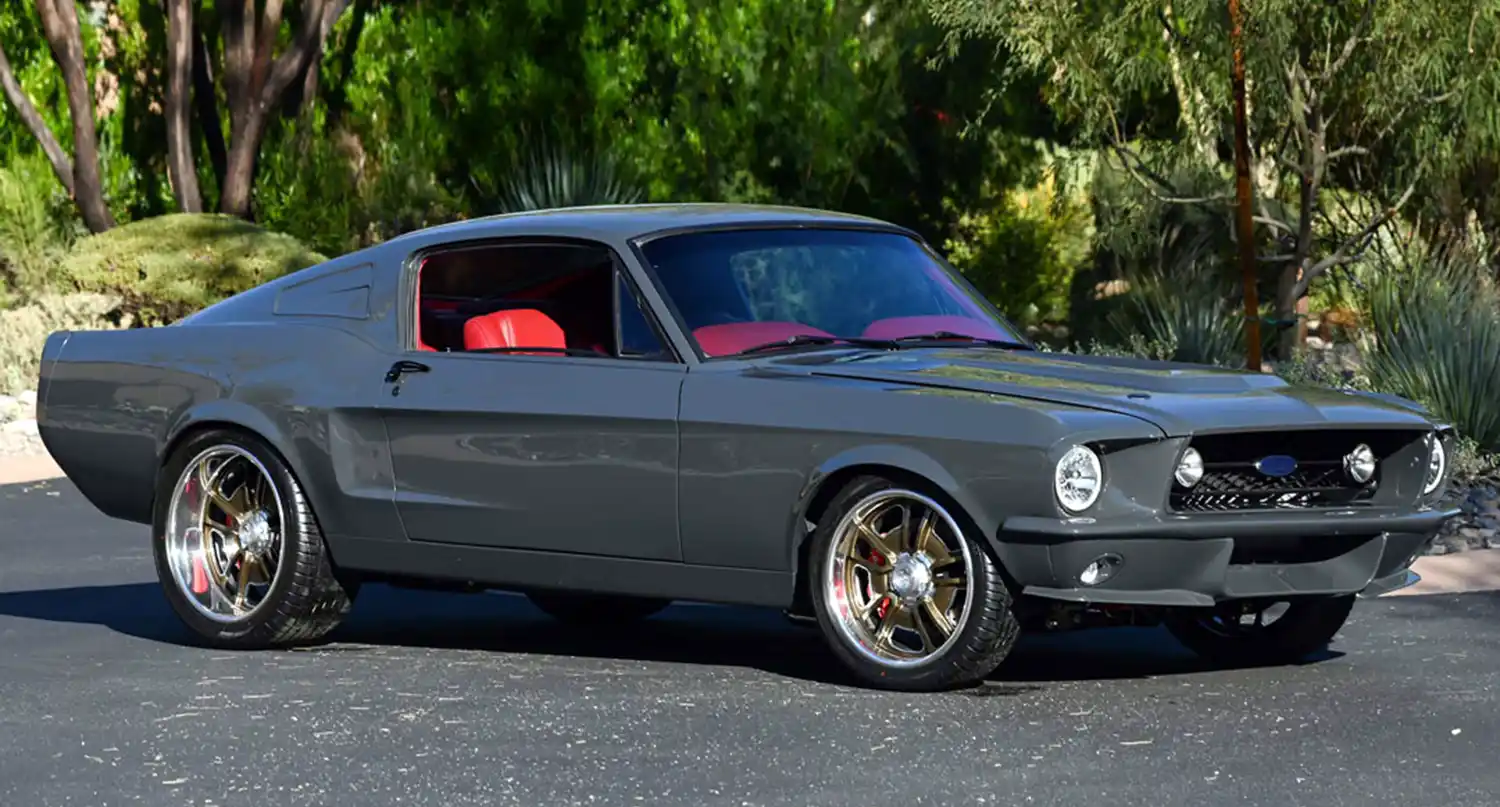
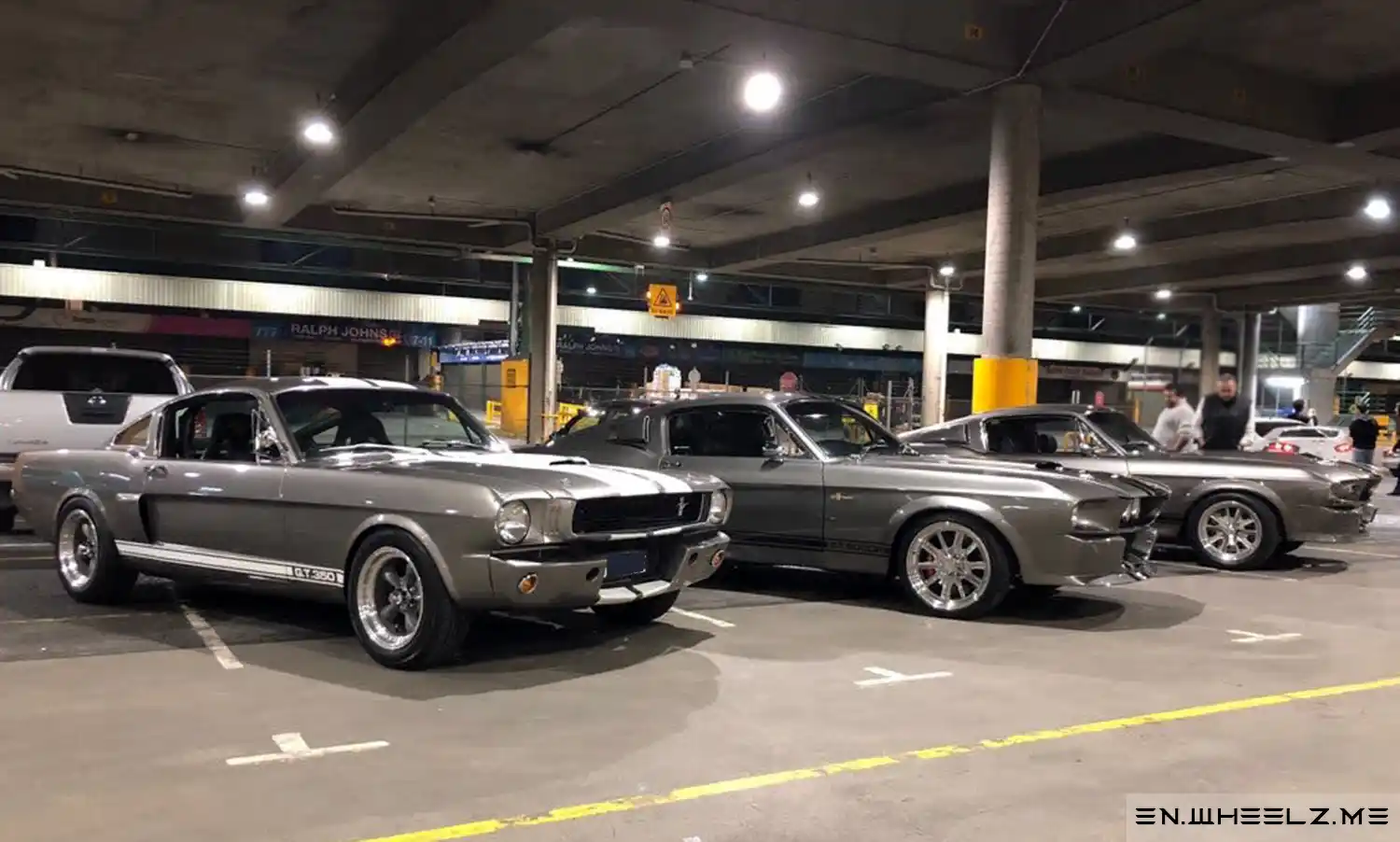
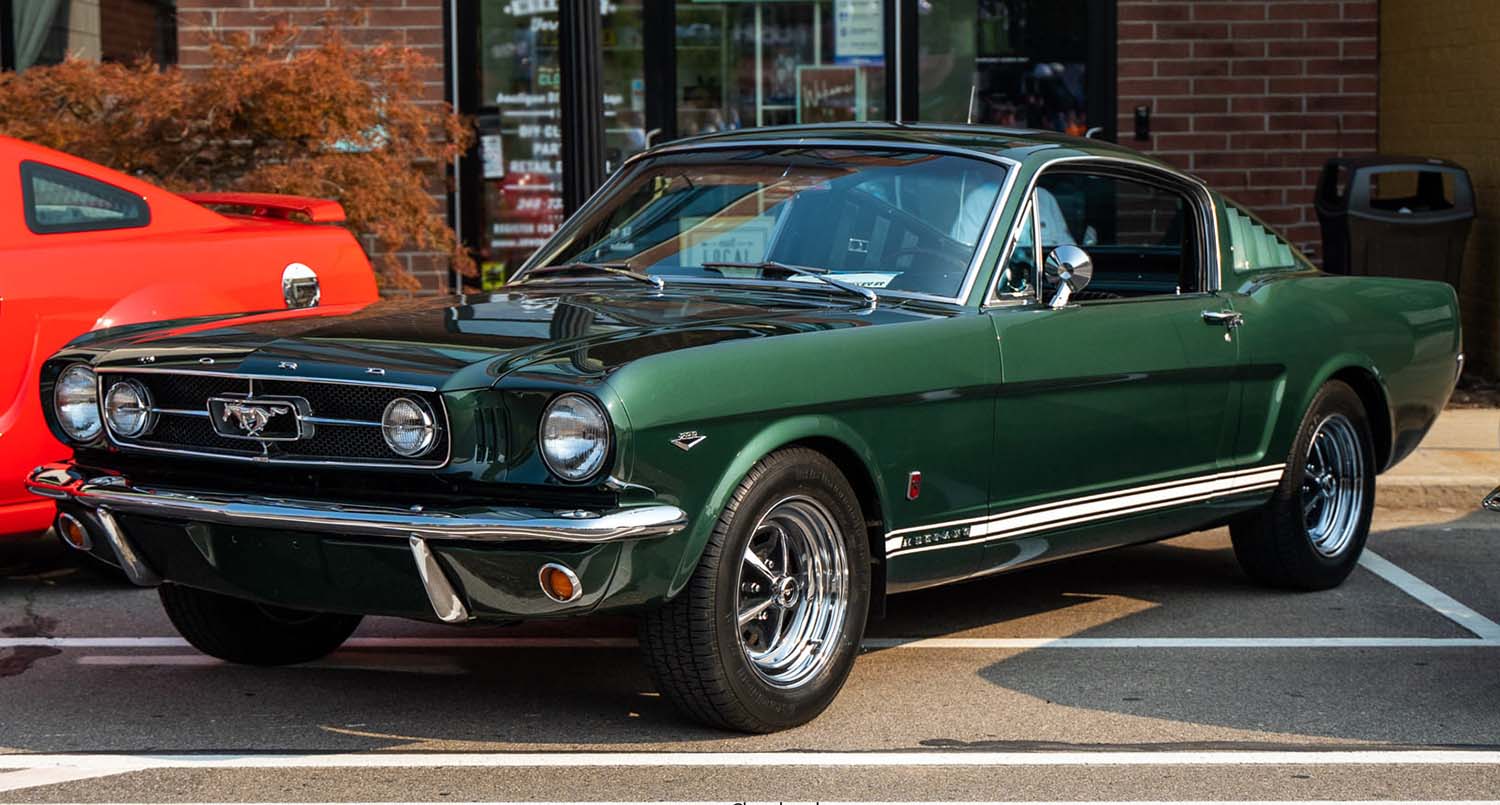

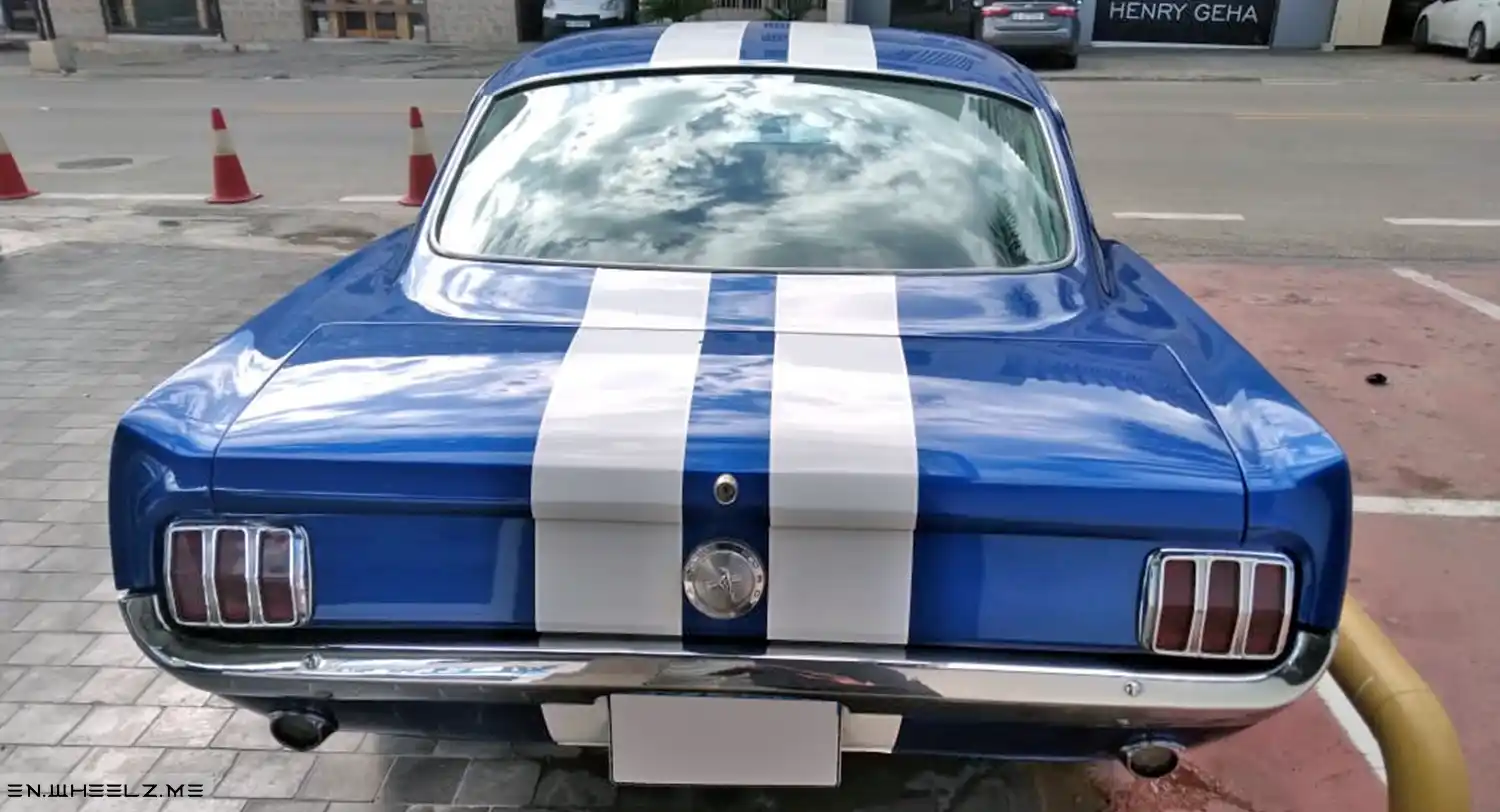
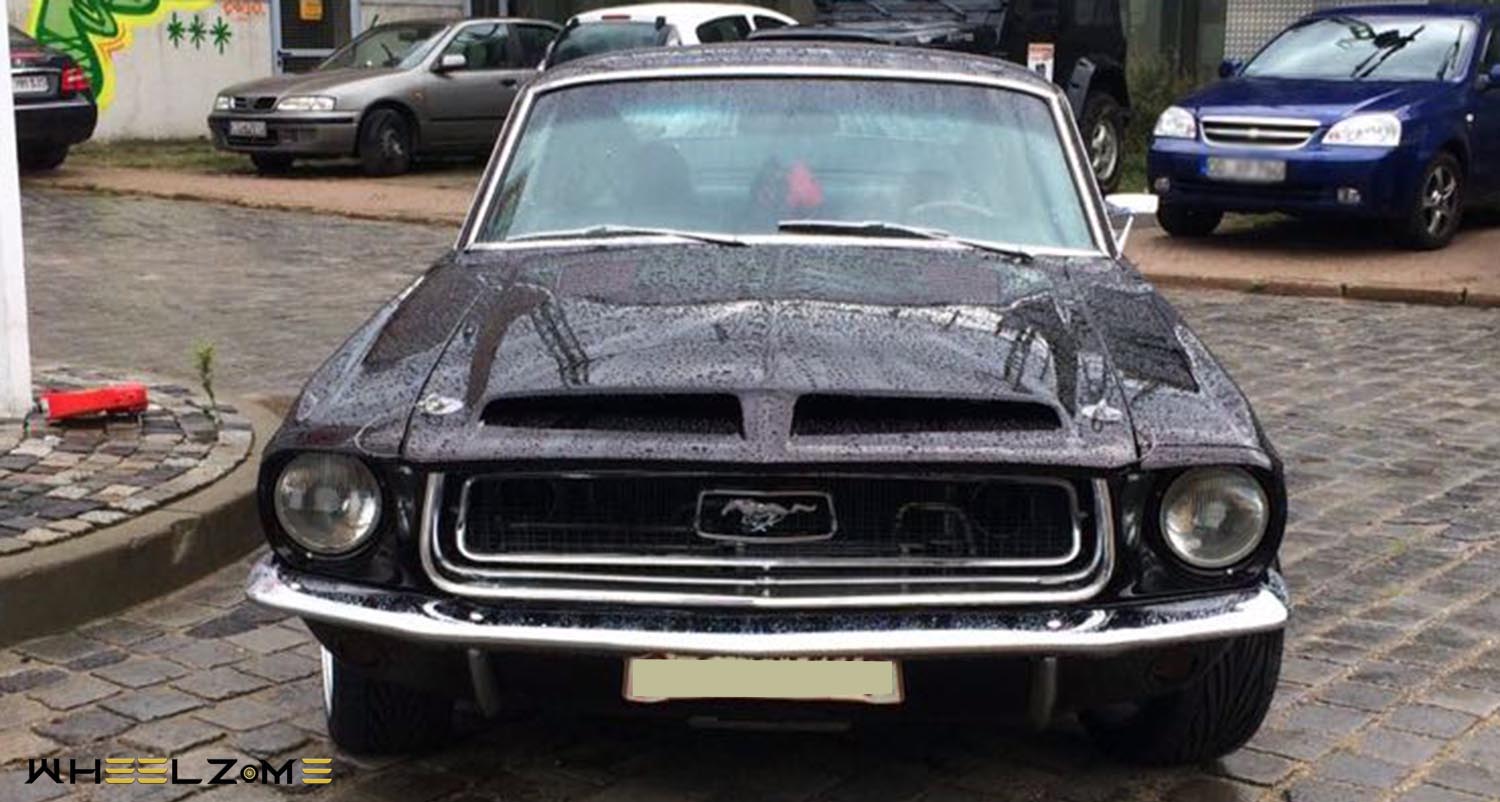
Important Mustang Launches (by model year)
